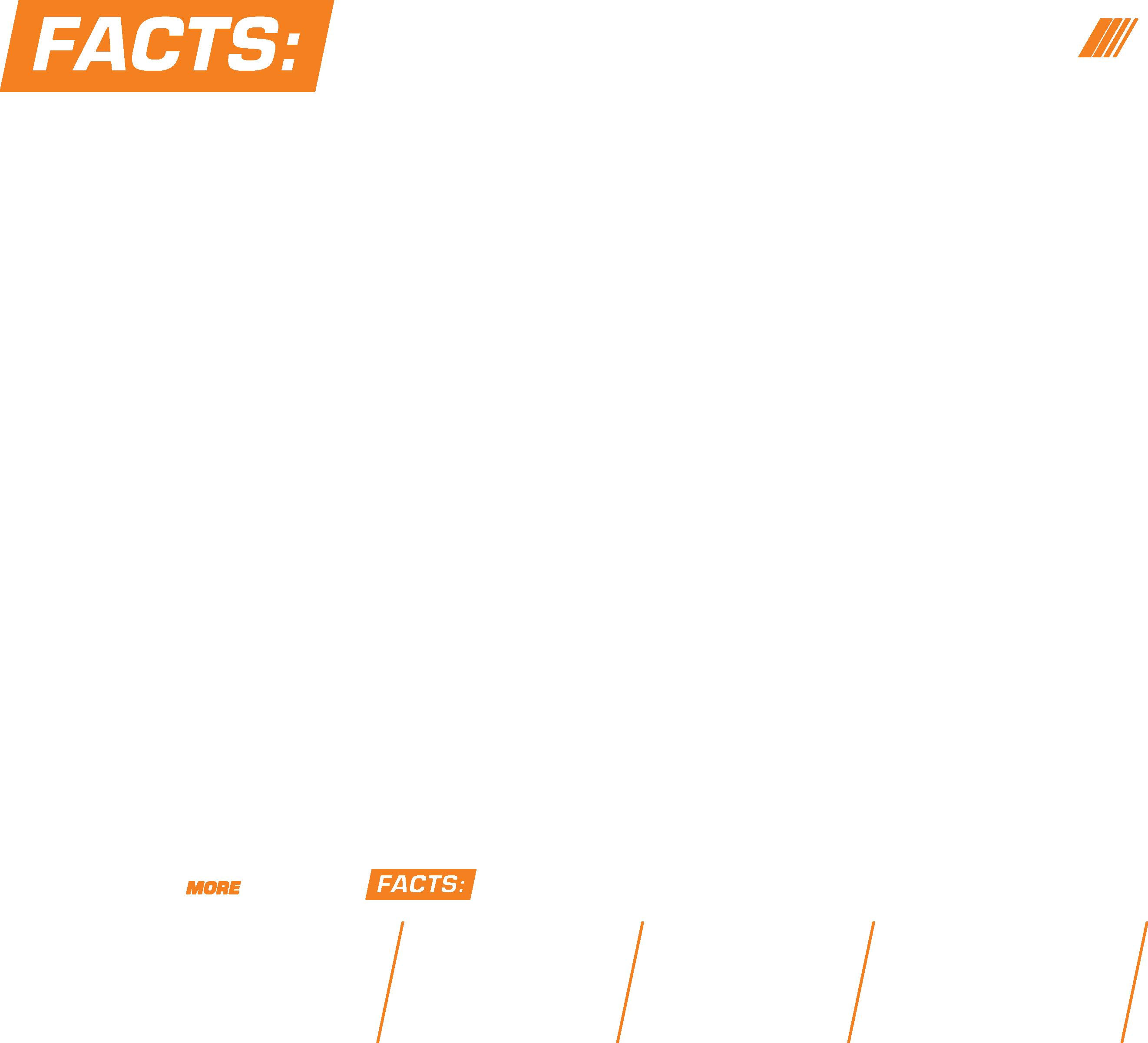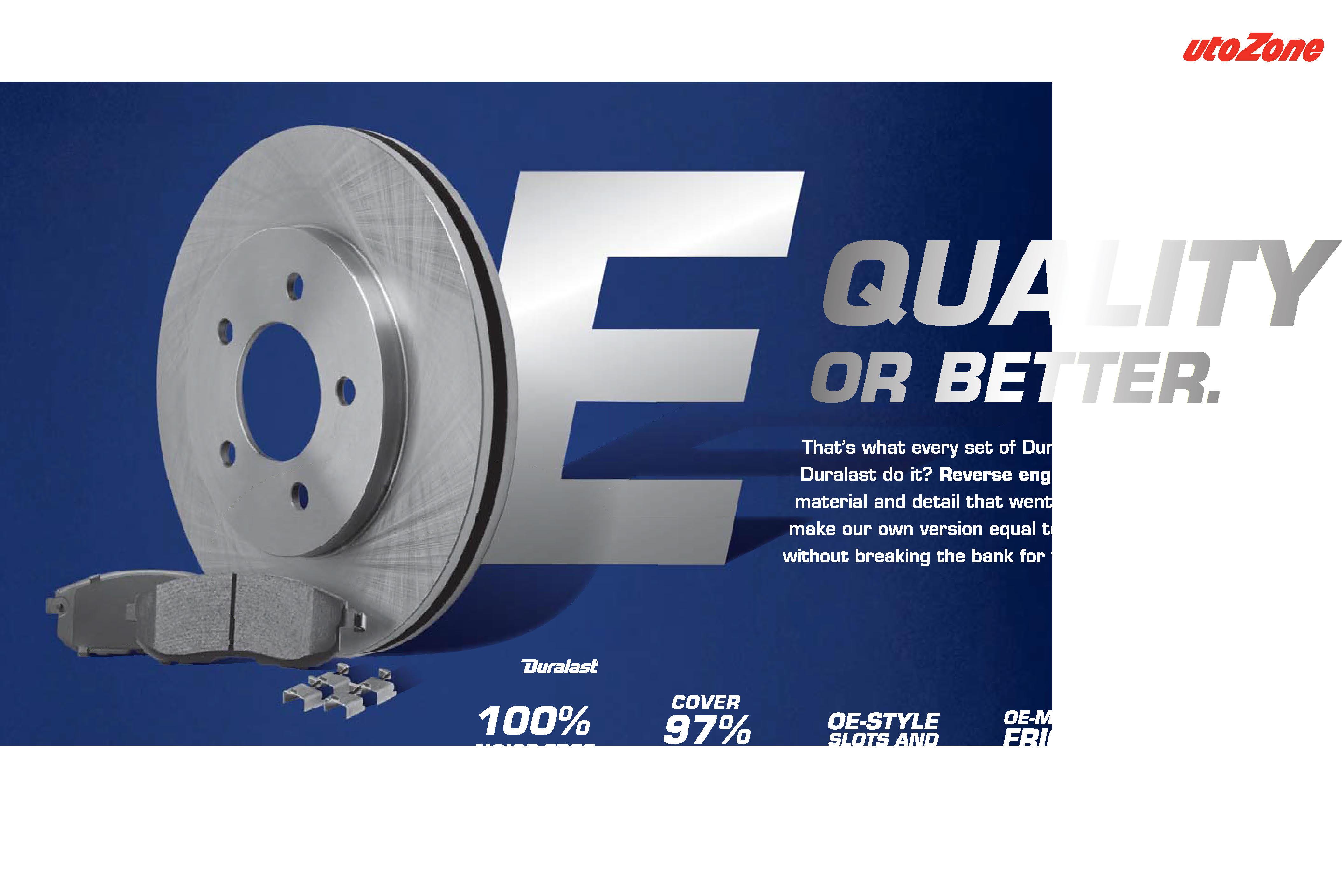










































































































Our Restore & Protect premium full synthetic motor oil is specially-formulated to restore engines to run like new. By removing up to 100% of deposits with continuous use technology*, you’ll provide unmatched value for your customers and keep them coming back for their next service.































Victory Lane Quick Oil Change franchisee
Amanda Saraiva (right) and Shell Rapid Lube owner Charlie Pobanz share how they found their footing as leaders in quick lube—and that other women can do it, too
PAGE 20



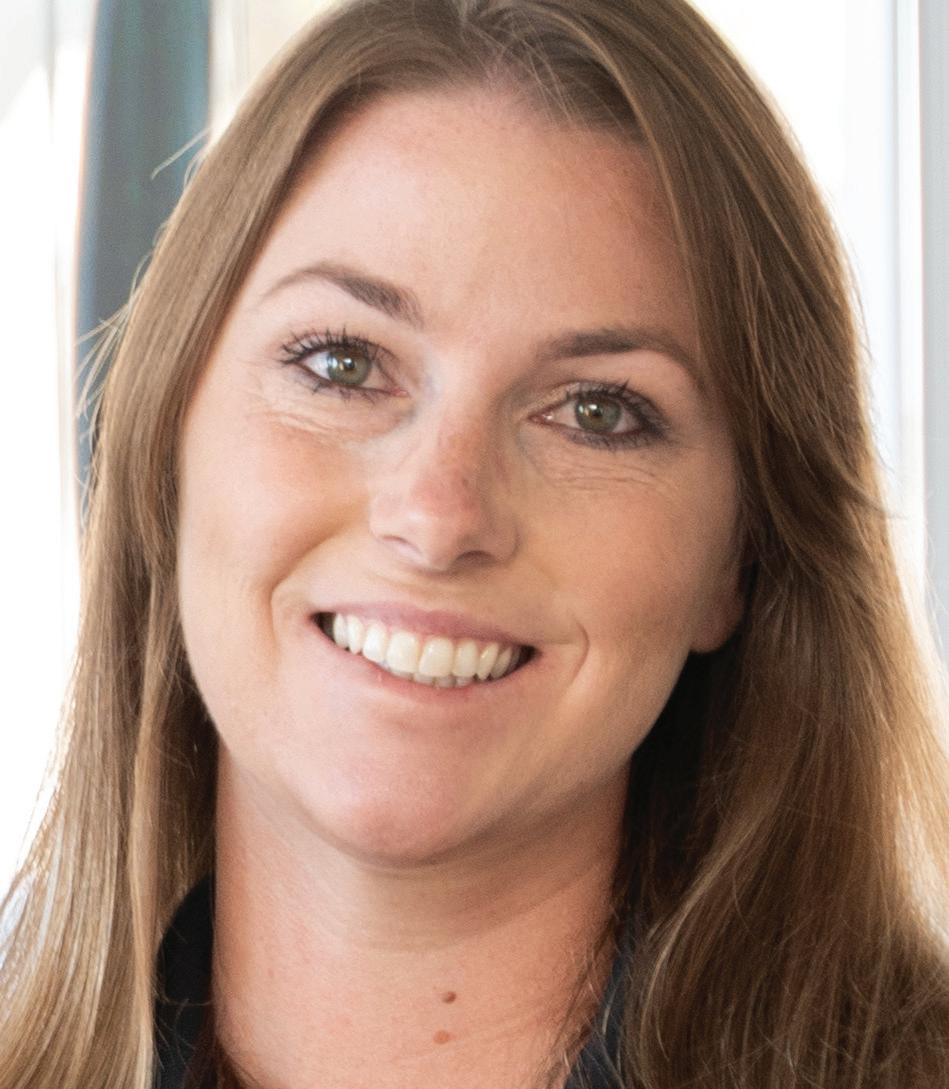

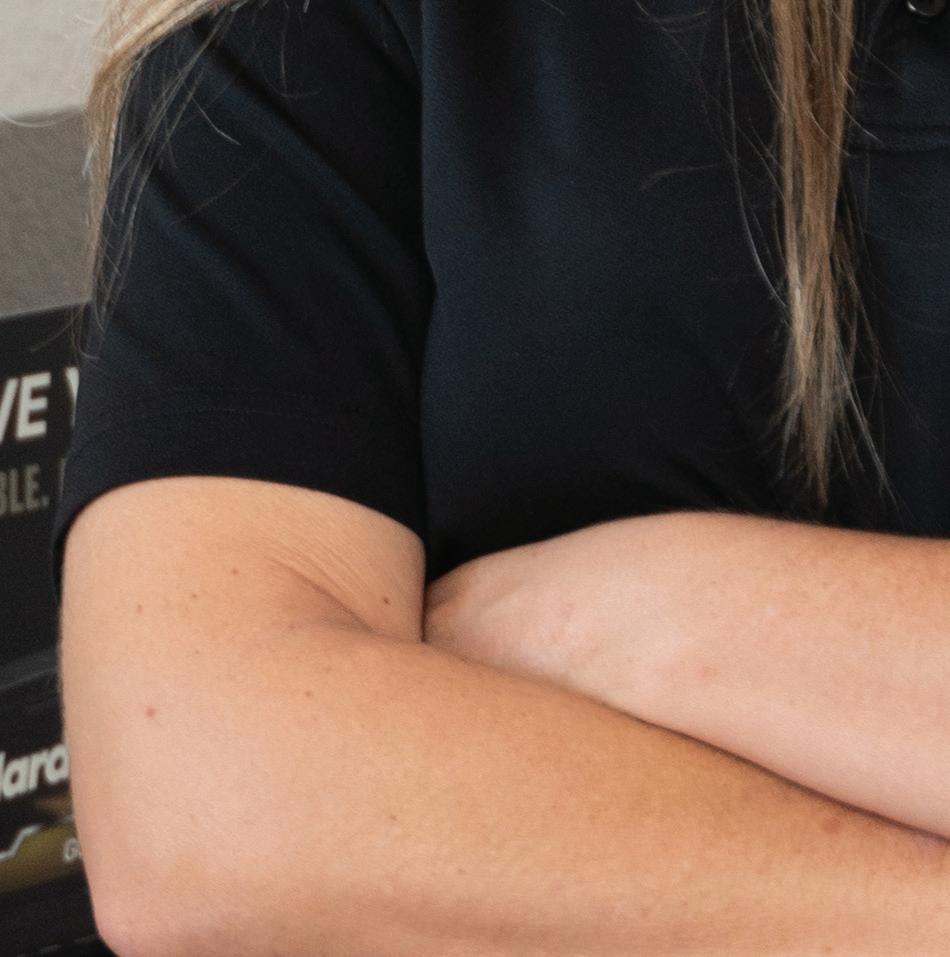





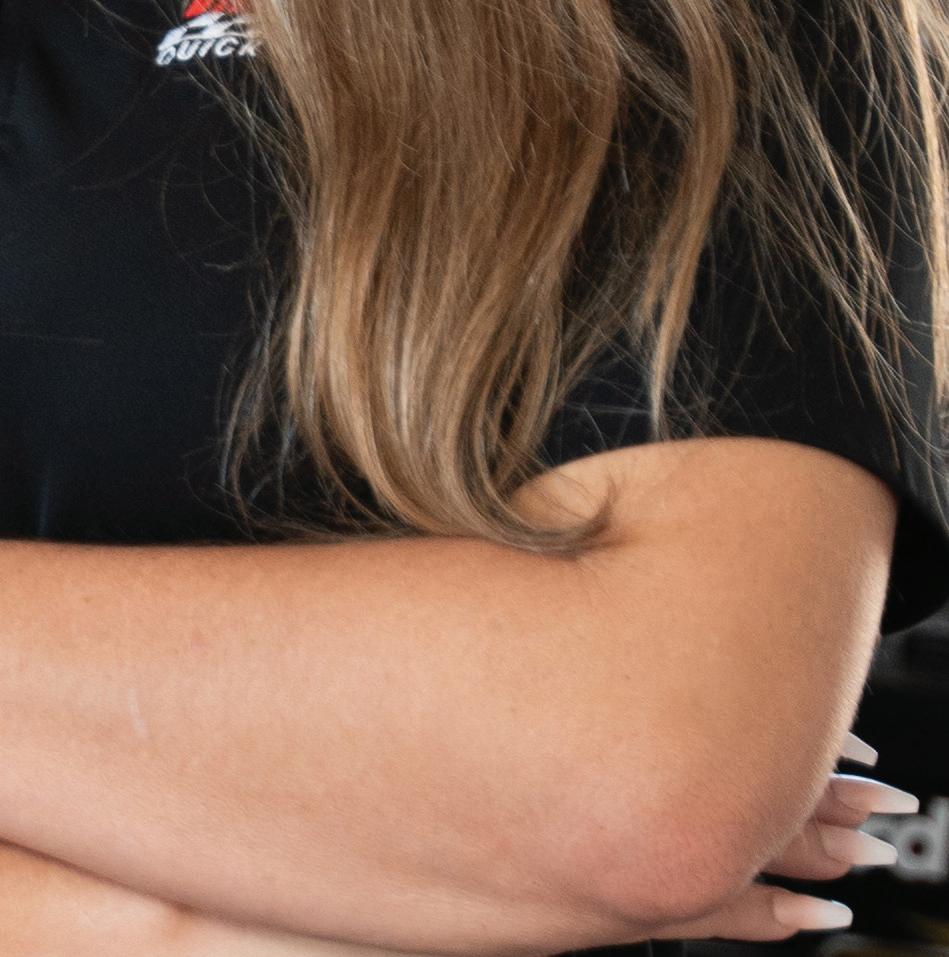
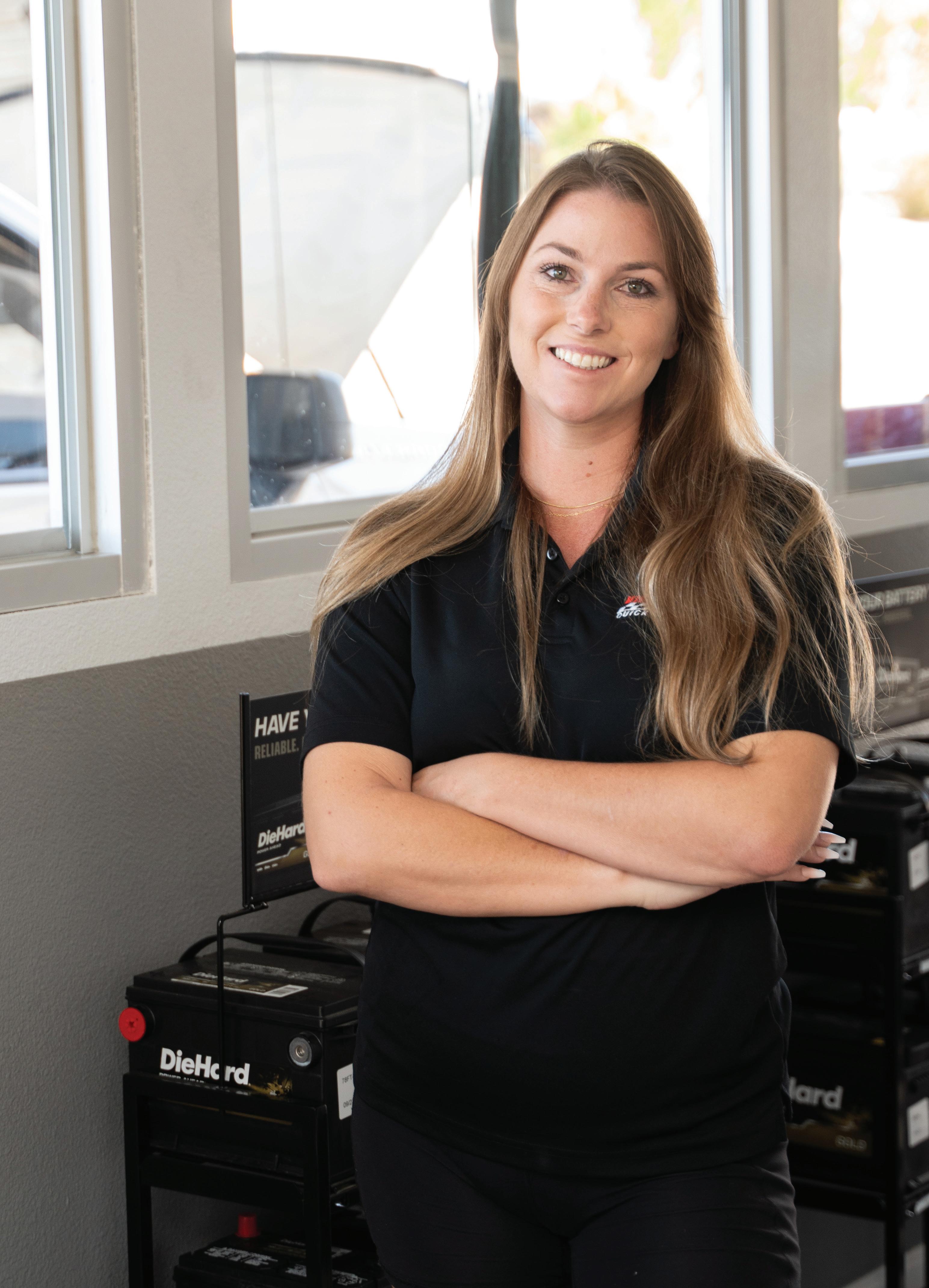


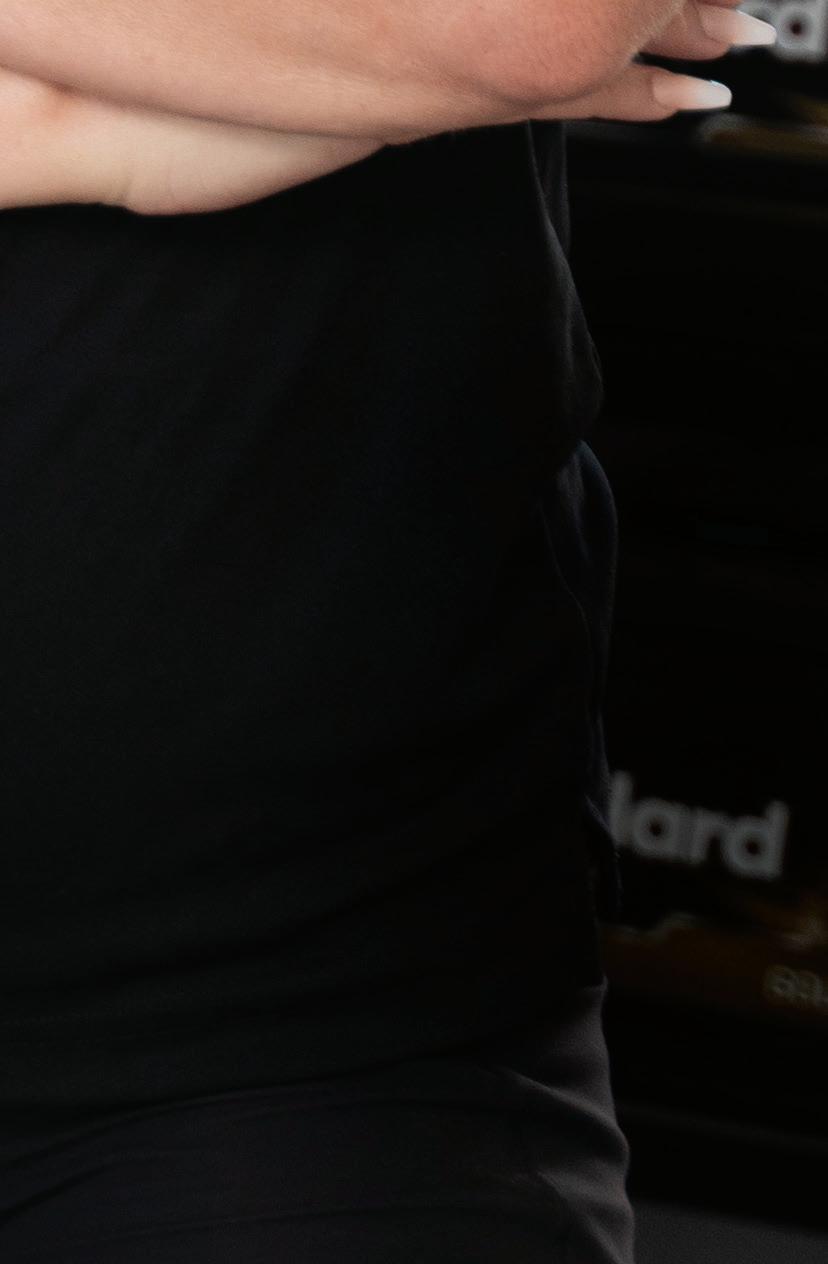
DON'T LEAVE MARKETING TO THE NEXT OWNER

PAGE 18 SHOP OPERATOR CHRONICLES HURRICANE RECOVERY EFFORT


PAGE 26











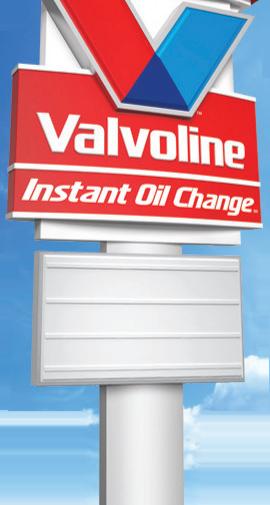












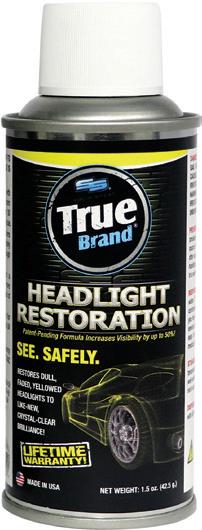
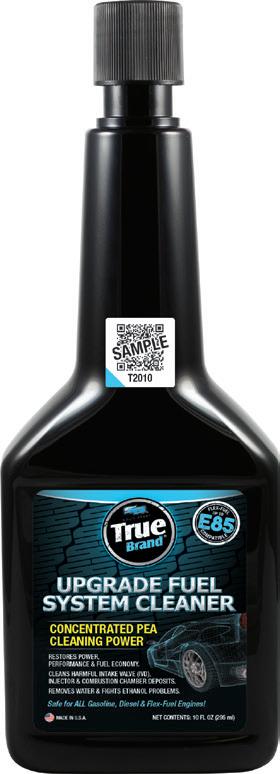

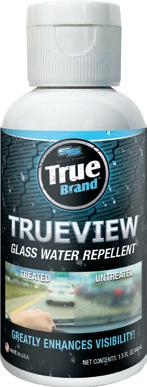


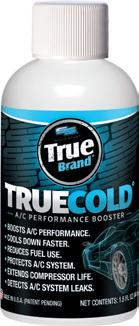








EDITORIAL DIRECTOR Chris Jones
EDITOR Tom Valentino
ASSISTANT EDITOR Kacey Frederick
SPECIAL PROJECTS EDITOR Emily Kline
CONTRIBUTING WRITERS
Adam Tatum, Scott Hempy, Carol Badaracco Padgett, Peter Suciu, Enid Burns
Adam Tatum, DIRECTOR OF OPERATIONS, VIRGINIA GROUP
Joanna Johnson, PRESIDENT, JOHNSON POLICY ASSOCIATES
Scott Hempy, CEO, OILSTOP DRIVE-THRU OIL CHANGE AND HAPPY’S DRIVE-THRU CAR WASH
Aleisha Hendricks, OWNER/OPERATOR, GREASE MONKEY QUICK LUBE AND MONKEY SHINE CAR WASH
Shawn Gilfillan, OWNER, AUTOMOTIVE MAGIC AND MAGIC LUBE & RUBBER
PUBLISHER Greg Smith gsmith@endeavorb2b.com
ACCOUNT EXECUTIVES
Kyle Shaw kshaw@endeavorb2b.com
Diane Braden dbraden@endeavorb2b.com
Marianne Dyal mdyal@endeavorb2b.com
Chad Hjellming chjellming@endeavorb2b.com
Cortni Jones cjones@endeavorb2b.com
Lisa Mend lmend@endeavorb2b.com
Annette Planey aplaney@endeavorb2b.com
Sean Thornton sthornton@endeavorb2b.com
ART
ART DIRECTOR Erin Brown
PRODUCTION MANAGER Mariah Straub
AD SERVICES MANAGER Jen George ENDEAVOR
CEO Chris Ferrell
COO Patrick Rains
CRO Paul Andrews
CDO Jacquie Niemiec
CALO Tracy Kane
Landsaw
CMO




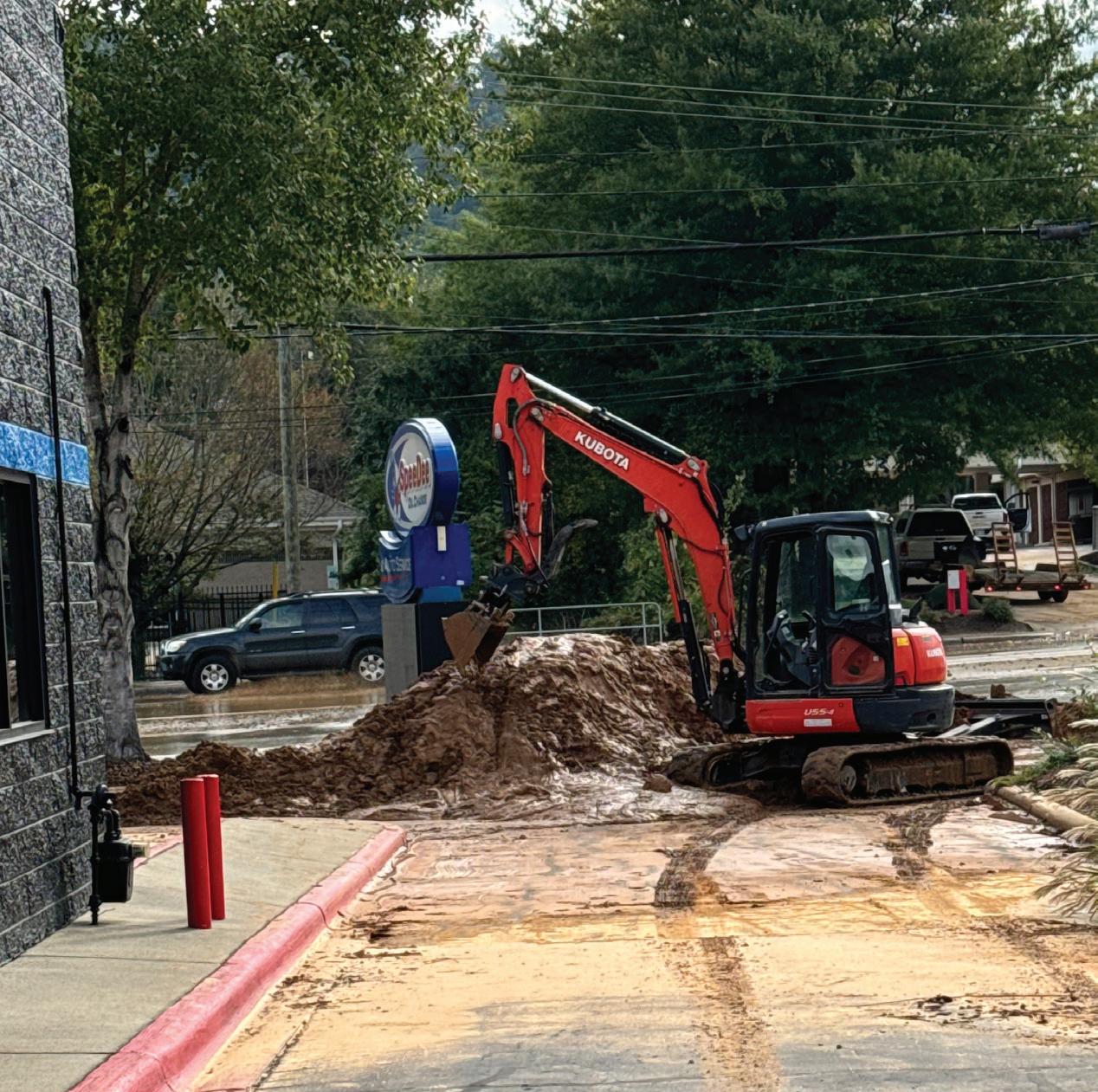
20 FEATURE
In the Driver’s Seat: Women Making Their Mark as Quick Lube
Victory Lane Quick Oil Change franchisee Amanda Saraiva and Shell Rapid Lube owner Charlie Pobanz share how they found their footing as leaders in quick lube—and that other women can do it, too
BY KACEY FREDERICK
26 PROFILE
After Asheville, North Carolina, was devastated by Hurricane Helene in September 2024, SpeeDee franchisee Willis Hudson and his team have rebounded with help from family and colleagues
BY TOM VALENTINO
NOLN (USPS PERMIT 23608), (ISSN 1071-1260 PRINT) IS PUBLISHED 10 TIMES YEARLY (JANUARY/FEBRUARY,
Getting a Handle After a Hurricane Willis Hudson and his team at the SpeeDee Oil Change location in Asheville, North Carolina, after Hurricane Helene rocked the area in September 2024.
6 ONLINE
Columnist Adam Tatum has a new series for lube technicians, and a Grease Monkey franchisee discusses the car count conundrum on the NOLN Podcast
8 NUMBERS
Familiar faces (and vehicles)
10 INDUSTRY INSIGHT
Dollars in the details
13 AROUND THE INDUSTRY
Christian Brothers Automotive announces 2025 franchise expansion plans
16 QUICK LUBE Q&A
Servicing modern vehicles in your shop
32 PIT STOP
Operators find chamber membership to be worthwhile investment
35 CUSTOMER SERVICE
Back to basics: It’s time to review the services you offer
40 CASE STUDY
Stick with it: How one quick lube company stays connected with guests
18 FROM THE SHOP
Don’t leave marketing to the next owner BY SCOTT HEMPY
42 FROM THE SHOP
Focusing on your people and process is a winning play BY ADAM TATUM






NOLN columnist Adam Tatum is tackling issues on the minds of lube technicians for a new series appearing on NOLN.net. In the first edition of the Technician’s Toolbox, Tatum looks to answer a common question: How can you reduce warranty claims? ◀ Scan this QR code to read the debut of the Technician’s Toolbox.
Tyson Daniels, an Idaho-based Grease Monkey franchisee with shops in five states, joins the NOLN Podcast to discuss how his shops are navigating the challenges of declining car counts that many operators are facing. Daniels also dives into how new technologies are increasing efficiency for his locations, and he notes opportunities for improvement that are often missed by quick lube operators.


Head online to check out NOLN’s library of podcast interviews. Hear from quick lube leaders about new strategies, service stories, and innovative operations that push the industry forward.
Listen and subscribe at: noln.net/podcasts or subscribe to the NOLN Podcast on your favorite listening app.
APPLE PODCASTS

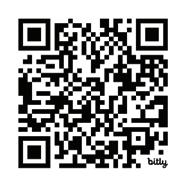

Have you subscribed to the newsletter? NOLN will send the latest industry news, strategies and profiles straight to your inbox.
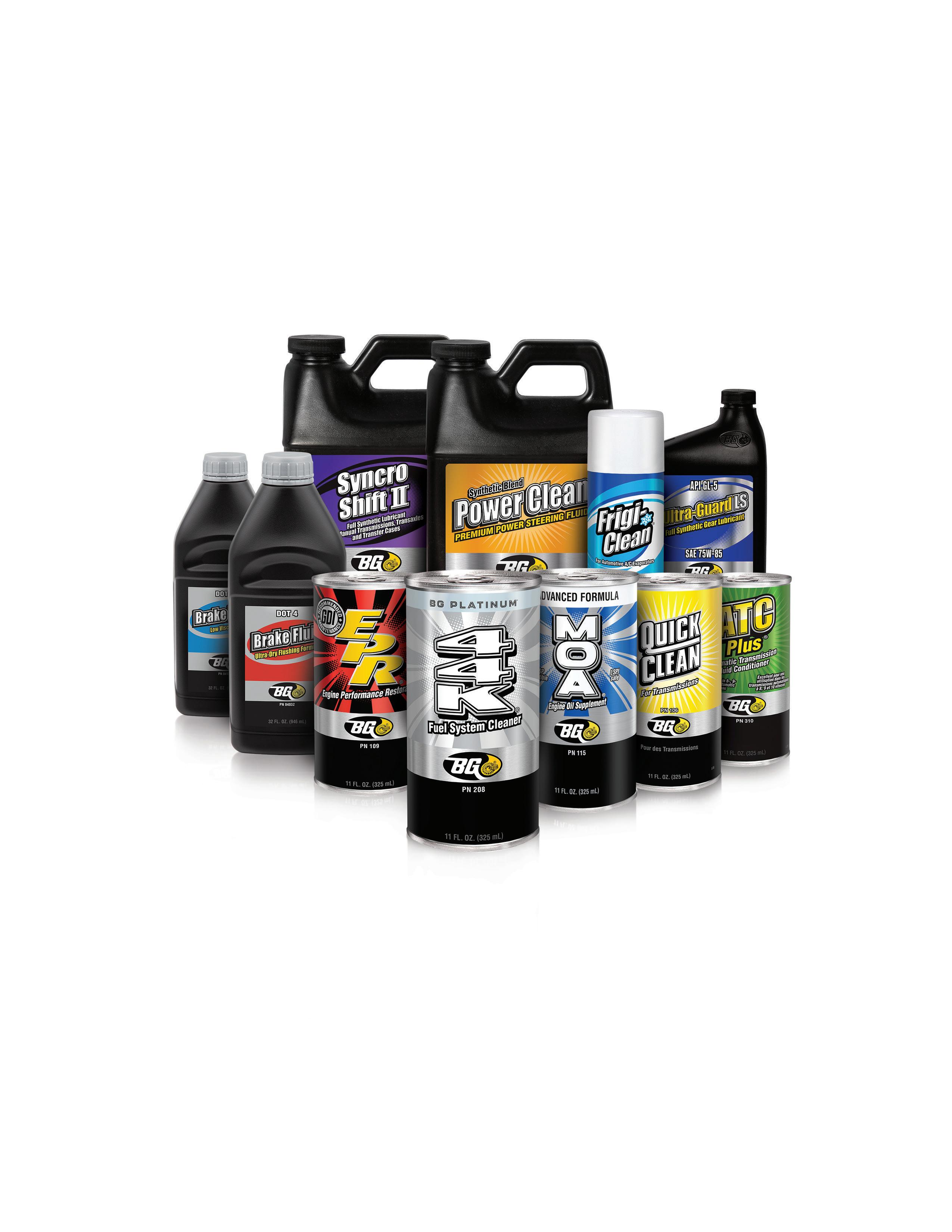





Lead the pack with BG’s professional-use additives, cleaners, and specialty lubricants
Automotive specialists choose premium BG Products and Services to maintain their customers’ vehicles across nine automotive systems, increasing shop efficiency, productivity, and profitability.
Nearly 96% of quick lube operators say at least half their guests are repeat customers
BY NOLN STAFF REPORTERS
Work in a quick lube shop long enough, and many customers—and their vehicles—start to become familiar. In the 2025 NOLN Operator Survey, we asked respondents about the repeat guests who frequent their locations, as well as the vehicles they drive.
Nearly 96% of survey respondents said at least half of their guests are repeat customers. Moreover, those customers are hanging on to their vehicles longer, with 96% of vehicles serviced being at least 6 years old—a 10% increase from our 2024 survey.

How many of your guests are repeat customers? 4.1%
Less than 50% of customers
50% to 75% of customers
More than 75% of customers












































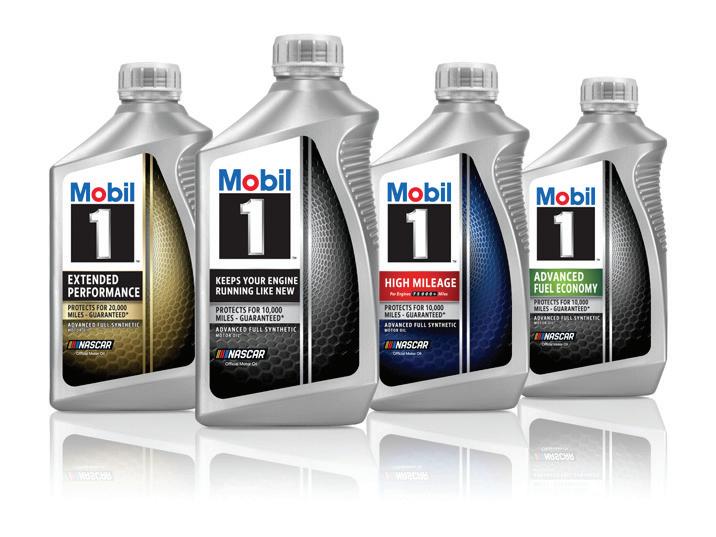

BY TOM VALENTINO
ON A WALKTHROUGH OF A quick lube shop recently acquired by Victory Lane, Jim Harrington, the company’s executive vice president, couldn’t help but notice a toilet in the bathroom wouldn’t stop running.
For Harrington, the constant hissing noise wasn’t just the sound of a running toilet. It was the sound of an escalating water bill.
From utilities and shop supplies to staffing and labor, little inefficiencies can quickly add up to big expenditures for quick lube operators. Harrington, who has worked in the industry for 30 years and been with Victory Lane since 2014, has become an ace in finding opportunities to fine-tune quick lube operations to keep costs in check.
“These are razor cuts that cost big dollars in the end,” Harrington says. “You say, ‘Well, you know, it’s smaller (issues), but when you start adding all these things up and over the course of seven days a week and 30 or 31 days a month, you’re going to significantly add (to your costs). And then if you’re a multi-unit operator, you throw a multiplier in, it can become a big chunk of change there.”
In a recent conversation with National Oil and Lube News, Harrington broke down several areas in which shop owners can tighten up their operations to cut down on wasteful spending.
Constantly running toilets are just the start of the ways in which

utilities can break an operator’s budget. Items such as air leaks, open doors with running HVAC systems, faulty sprinkler timers, and poorly maintained lighting schedules can be hidden expenses that waste significant energy and water.
“If you have any sort of sprinkler systems at your locations, are the timers set right? Do you have the rain sensor on your sprinkler system so the sprinklers aren’t going off in the pouring rain?” says Harrington.
On the topic of lighting schedules, it’s important to adjust around the calendar as daylight patterns shift.
In Detroit, where Harrington is based, it gets dark around 5 p.m. in the winter months, but as summer arrives, daylight remains well past 9:30. If Harrington’s stores are still on their winter schedule, they are running their lights for an unnecessary four hours every evening. Conversely, he notes, it’s also important to adjust your lighting schedule again in the fall to account for earlier
sunsets, ensuring properties are safely lit.
Keeping appropriate doors closed will help with heating and cooling efficiency, and in the long run, it will also help reduce wear and tear on HVAC equipment, Harrington says.
Using cleaning products as intended is both common sense and a cost saver. Victory Lane uses a unit that dispenses products at a metered level to reduce waste and ensure consistency. Dumping extra cleaner into a mop bucket above the recommended dilution ratio doesn’t improve cleaning power, and can, in some cases, reduce cleaning products’ effectiveness, Harrington says.
For employee uniforms, Victory Lane pays setup costs for new hires and then deducts from employees’ pay for cleaning and replacements. Harrington cautions, however, that in most states, deductions cannot take an employee’s pay below the minimum wage level, so operators have to be careful about their deductions.
Work boots and safety equipment are ordered through Amazon and are shipped to the store so employees are properly outfitted for their job on day 1. Working with a large vendor, such as Cintas, for uniforms can help control costs.
Before new employees show up for their first day, though, making good hires is a cost saver itself. Constant employee turnover is “a major cost,” says Harrington, making “a good,
solid interview process” imperative. To retain good performers, Victory Lane aims to train and promote employees to foster growth and career development.
“And then in a lot of cases with good employees,” Harrington adds, “we pay a little bit above market value for retention because it costs a heck of a lot more to hire and train a new employee than it does to retain an employee you know.”
Victory Lane uses data provided by a payroll vendor to ensure its compensation is on the mark, Harrington says. The company looks beyond just the quick lube sector when formulating its compensation structure, he adds.
“I look at everything at retail,” Harrington says. “I’m not looking at mechanics or even a lot of my competition. What I really compete with, especially in Michigan here, is manufacturing. So, recognize who your true competitor is for labor in Michigan. We have a ton of manufacturing. Our technicians can walk off the job and pretty much be into a manufacturing job.
“But also with manufacturing, those are third-shift jobs,
second-shift jobs. … You’re working early. You’re working late. We’re typically closed on the holidays. So, certainly (we’re) communicating the benefits of working in a facility like ours. … What is your true competition? I think a lot of my peers look at competition as, ‘hey, they’re going to go to another (fast oil change shop) quickly,’ but a lot of a lot of our employees don’t do that. They’re going into other aspects of retail or even restaurants.”
Be sure to have a solid understanding of what your property insurance covers and be conscious of your out-of-pocket limits on claims, says Harrington.
“Typically, we are going up to about $2,500 to $3,000 out of pocket before we submit a claim to insurance because that’s also going to increase your rates, and those rates are paid over time,” he says. “And if you have a couple of those big claims, your insurance company may drop you, and then you’re forced to go to other insurance companies that are more highrisk insurance.”
A smart practice for operators is to set aside a certain amount of funds each month to cover small issues, such as replacing a drain plug or dealing with a filter coming off, without needing to submit an insurance claim.
Lastly, track spending and return on investment for marketing and ad campaigns. For Harrington, that means weekly and monthly marketing meetings to analyze customer retention costs, as well as the cost to draw in new customers.
Victory Lane has also found single-use promo codes to be an effective tool for cutting down on employee abuse of promotions.
“We certainly give our managers and our system managers some leeway with matching competitor coupons and so forth,” Harrington says. “But we’ve really been able to increase our accuracy with the single-use codes. … We’re able to really nail down our results and then change the flow of dollars based on those results with a lot more confidence using those one-time codes.”


Improve engine performance and fuel economy, fight everyday wear and tear and help reduce emissions.
API-licensed oils display an API certification mark to signify the highest performing oils.
To search the complete list of licensed companies and products, visit our licensee directory at:

Christian Brothers Automotive has identified five U.S. markets it will be expanding its franchise system to in 2025, according to a press release.
The company has signed letters of intent as part of its 2025 franchise development pipeline. The newly identified growth markets include New Berlin, Wisconsin; Mobile, Alabama; Stafford, Virginia; Coralville, Iowa; and Derby, Kansas.
Franchise recruitment efforts are already underway in each region. This comes after a record-breaking year in franchise growth in 2024 for the company, which now has more than 310 locations across 30 states.
“Each of these new markets represents a powerful opportunity to expand our mission of serving others through exceptional automotive care,” said Brad Fink, chief growth officer at Christian Brothers Automotive. “We’re seeing strong demand in these communities, and we’re looking forward to identifying the right franchise partners to bring the CBA experience to life.”
Jiffy Lube International has named DENT Quick Lube as its 2024 Franchisee of the Year, according to a press release.
First joining the Jiffy Lube network in December 2020, DENT Quick Lube has since expanded to eight locations in Oregon and Washington, owned and operated by Jeff Edwards.
In 2024, the stores scored above the Jiffy Lube system average for both Google Average Star Rating and Net Promoter Score, which
measures consumer loyalty. The company is an active supporter of local high school activities, such as swimming, basketball, band, and other youth sports teams.
DENT Quick Lube also shares success it sees with employees through vacations and bonuses whenever a milestone is reached.
“We’re thrilled to win Franchisee of the Year. The award reflects the outstanding work by my partners and incredible employees across all of our stores,” said Edwards. “Joining the Jiffy Lube system less than five years ago has proven to be a great decision, and I look forward to continued growth in the future and doing what we can to provide excellent service in the communities in which we operate.”
Monro recently announced plans to close 145 of its auto service locations, reports CoStar News.
The company operates 1,308 company-owned and franchised stores, primarily located in the Northeast. Its stores go under names including Monro Auto Service & Tire Centers, Tire Choice, Mr. Tire, Car-X, and more.
Monro has declined to share what stores will be closed, but plans to operate 1,115 company-owned stores by the end of these store closings. The company did not detail plans for its current 48 franchised stores, but said it will focus on opening new stores “in the best locations, without regard to the form of ownership required to develop the locations.”
A decline in sales has been caused by consumer anxiety surrounding inflation, leading to customers putting off more expensive
automotive services and not purchasing as many tires.
“We have identified four key areas of focus as opportunities for improvement,” said Monro Chief Executive Officer Peter Fitzsimmons. “These include closing 145 underperforming stores, improving our customer experience, and selling effectiveness, driving profitable customer acquisition and activation and increasing merchandising productivity, including mitigating tariff risk.”
Northwood University has announced five new scholarships it is offering as part of a partnership with Women in Automotive, according to a press release.
Applications are now open for the scholarships, which are each valued at $20,000 and dispersed in annual increments of $5,000 over four years.
Women in Automotive is a boardled, volunteer-driven organization that focuses on recruiting, retaining, mentoring, and developing women in the automotive industry, from entrylevel to executive.
The American Petroleum Institute has released the latest edition of its API Motor Oil Guide, with information about the new ILSAC GF-7A and GF-7B motor oil standards launched this past March.
According to a press release, the guide offers detailed information on current and previous motor oil standards, and can be downloaded.
API SQ specification, without Resource Conserving, provides
performance requirements for engine oils that are backward compatible with previous API S categories. This can include heavier viscosity grades, as well as the ultra-low viscosity grade performance requirements of SAE 0W-8 and 0W-12 engine oils in modern engines.
Additionally, the guide goes over API Certification Marks for the new GF-7 standards: The “Starburst,” which signifies oils meeting GF-7A requirements; and the “Shield,” which exclusively marks SAE 0W-16 oils certified under GF-7B.
LIQUI MOLY has released a new motor oil to
accommodate the latest standard for PSA engines, Stellantis FPW9.55535/03.
As shared in a recent press release, the new product—Top Tec 6320 5W-30—is intended for engine types that require a lubricant with the specification Stellantis FPW9.55535/03 or PSA B71 2290, PSA B71 2297, as well as ACEA C3 and API SP.
The new engine oil can be used for EB2 gasoline engines and for DV5R, DW10F, and DW12R diesel engines built from 2012 onwards.
As noted by Reiner Schönfelder, application engineer in LIQUI MOLY’s research and development department, these engines often feature a toothed belt that runs in oil, leading to greater abrasion and wear. The new low-ash, low-friction motor oil
aims to protect the engine from wear and soot deposits. It’s also designed to prevent the low-speed pre-ignition that sometimes occurs in modern downsized gasoline engines with direct injection.
The Automotive Anti-Counterfeiting Council is drawing attention to the rise of counterfeit auto parts coming into the U.S., and how it could impact the supply chain, according to a report from the Detroit Free Press.
In fiscal 2024, U.S. Customs and Border Protection seized over 211,000 counterfeit parts, which is double the number seized the previ-
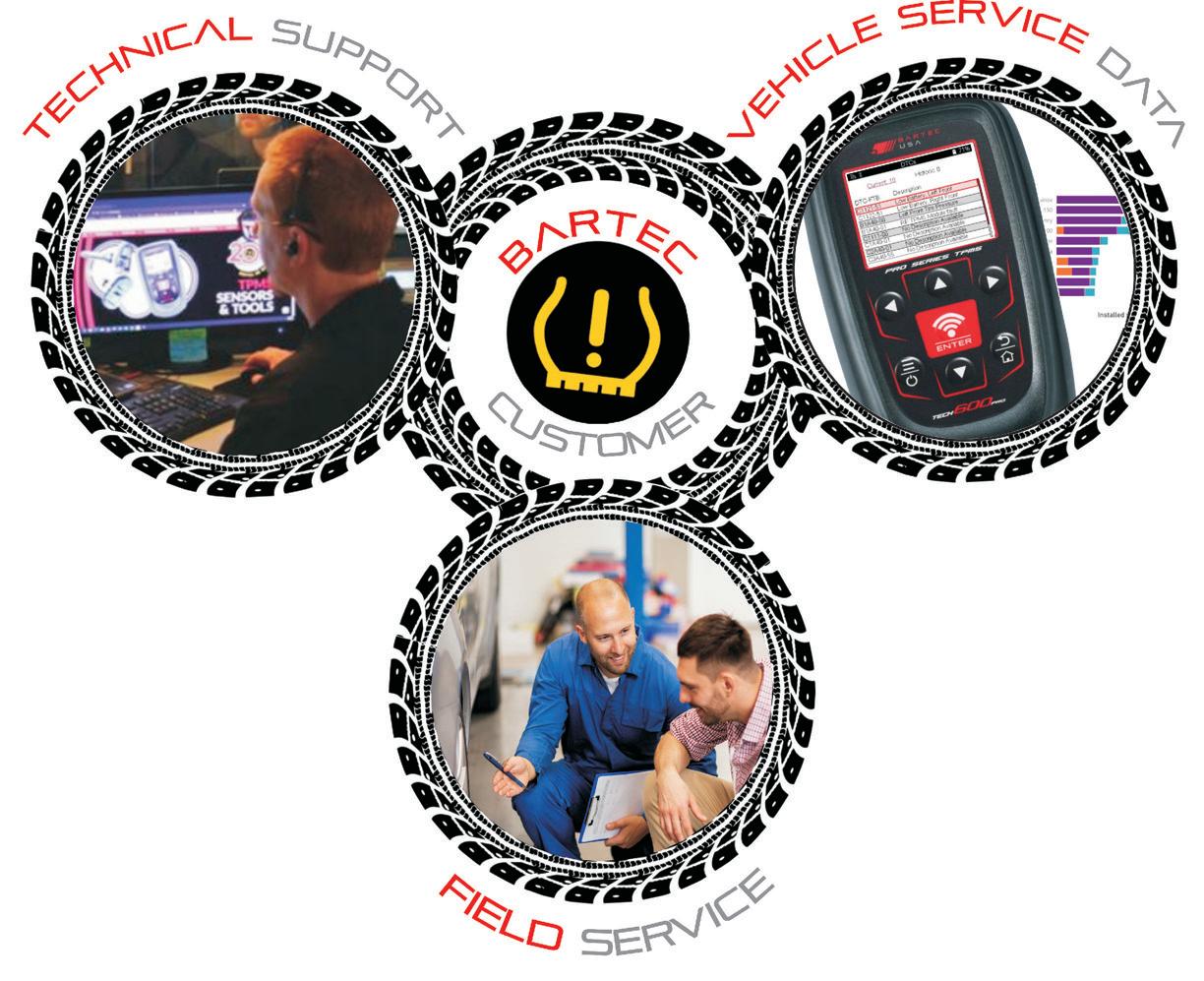



ous year. However, it’s likely that the number of counterfeit parts coming in is actually much larger.
Demand is particularly high for airbags, due to Takata airbags being under the largest recall in U.S. history—but other maintenance parts like spark plugs, fuel injectors, key fobs, tire pressure sensors, backup sensors, and more are prone to being counterfeit too.
Most counterfeit parts are coming in from Asia, including China, Hong Kong, and Taiwan. Many use drop-ship facilities, which may make the product appear to ship from the U.S., but is actually coming from a foreign seller before entering a U.S. warehouse to be distributed. They’re typically sold online, even on large platforms like eBay or Facebook, and are sent in small parcels for cheaper shipping.

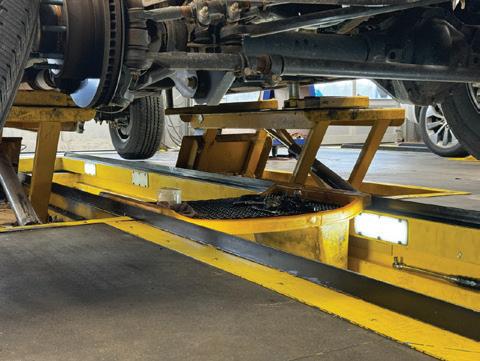
With counterfeit parts having become more prevalent since the COVID-19 pandemic, the Automotive Anti-Counterfeiting Council has warned auto repair shops to be vigilant of what supply chains they utilize. The council recommends purchasing parts directly from dealers, distributors, or large chain auto parts retailers.
RelaDyne has acquired Dawson Oil Company from Chevron, according to a recent press release.
Since 1971, Dawson Oil Company has operated in Northern California,
offering fuels, lubricants, and DEF. With warehouse hubs in Rocklin and Yuba City, the company offers cardlock fueling, bulk fuel delivery, keep-full programs, lubricant distribution, and carwash services.
The addition of Dawson Oil Company marks RelaDyne’s fifth acquisition in the state of California, as noted by RelaDyne Chief Strategy Officer David Schumacher.
“This acquisition is incredibly important as we continue to expand our product and service offerings throughout the West Coast,” said Schumacher. “Dawson’s legacy of success and history of servicing a diverse set of highly attractive customers and end-markets provides RelaDyne with the strategic opportunity to deepen our commercial relationship with Chevron.”
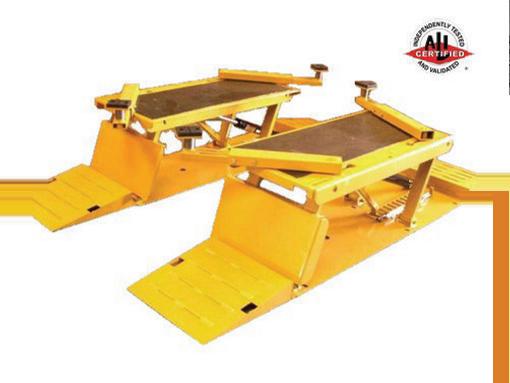


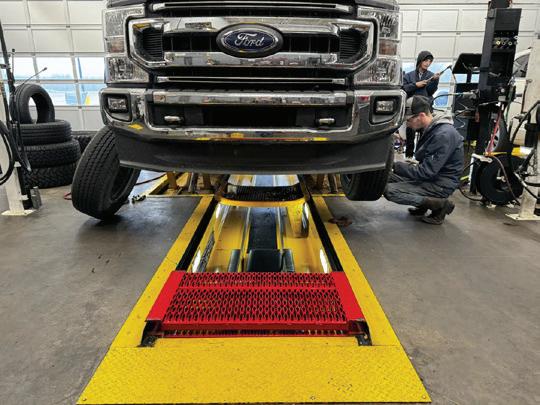




Allen Furr, owner of East Albemarle X-Press Lube, shares how he’s managed to accommodate over half of his clientele owning models 2020 and newer
WHILE QUICK LUBE SHOPS definitely see plenty of older vehicle models, models from 2020 and onward make up more than half of business for shops like East Albemarle X-Press Lube in Albemarle, North Carolina, showing that there is a demand from owners of newer, more advanced vehicles for quick lube services as well. With newer vehicles comes different challenges. Recently, shop owner Allen Furr shared his strategy for not only accommodating newer vehicles, but being the obvious best choice for them.
BY KACEY FREDERICK
Editor’s note: This interview has been edited for length and clarity.
NOLN: Do you see a lot of newer vehicles come through your shop?
Allen Furr: Yes, we see a lot of new cars. The dealerships in our area are not competition to us. We’re very fortunate that we don’t compete with a dealership—folks bring them to us and then go to the dealership for warranty (claims).
NOLN: How have the needs for newer vehicles’ maintenance changed?
Furr: Obviously, drive cycle’s more. They’re driving more miles based on manufacturer recommendations. We are still recommending 5,000 on the synthetic oil change. We’re seeing a lot of oil consumption if they go much more than 5,000, but we do see a lot going 10,000.
NOLN: What are the benefits of taking a newer model to an independent auto service center over a dealership?
Furr: We almost have to staff one person to do the maintenance procedures on all these “check maintenance” lights. So, we have to know all the manufacturers’ processes for how to reset the lights—tire lights, that kind of thing. We’ve almost had to add an employee, and their job is to make sure the electronic part of the oil change is done correctly, just as much as the physical, mechanical part.
We don’t upsell. If it needs it, we sell it. If it doesn’t, we don’t. If somebody, for instance, buys a Toyota, they’re 30 miles from the nearest dealership. They have to make an appointment, drive there, spend two hours at the dealership— so they’ve spent four hours there, when they can come here.
Our average bay time is eight minutes, and there’s no appointment. We do about 115 cars a day, and we just roll them through. My labor is really high because of how many employees we have to do them that quickly and accurately.
NOLN: Do quick lubes need to make an active effort to attract owners of newer vehicle models?
Furr: We don’t advertise. We’re doing 115 a day, so we’re maxed out without advertising. Ours is word of mouth, due to the efficiency. Our customers tell the other people, and then we let word of mouth handle that. Honestly, probably 65% of our vehicles are 2020 and newer.
We almost have to staff one person to do the maintenance procedures on all these “check maintenance” lights. So, we have to know all the manufacturers’ processes for how to reset the lights—tire lights, that kind of thing.
–ALLEN FURR
NOLN: How can quick lubes prepare for customers with newer model vehicles?
Furr: I read a lot of National Oil and Lube News. I rely on the information in there. And then our point-of-sale system does a pretty good job of keeping up to date with service manuals. My guys are really good. They educate themselves. They’re actually on social media and watch content from dealerships.
They are cognizant of the nuances of the newer vehicles. So, when they come in, usually we just fly right through them, because they watch videos about them. YouTube’s very useful to us—we use that a lot.
We use Purolator filters, and they have an app. So, the technology piece is important on the newer models, and to see how others have done it. If somebody’s putting it on YouTube, they’ve probably already messed something up. And so, we watch them to see how it can be done correctly.
We do have a formal introduction training class for my technicians. After that, my average employee tenure is probably nine years. So, these guys are professional, good, and they educate themselves. We do communicate about the changes in vehicle models, and we’re consistent on what we tell customers.
Grow your business and create more value today by ramping up your marketing efforts


WHEN I TALK WITH QUICK LUBE OPERAtors around the country who are getting ready to sell, I often am told “I haven’t been doing any marketing, so there is a lot of upside,” or “we don’t do any discounting,” or sometimes even, “we don’t believe in coupons.” Every time I hear this, I shake my head.

Scott Hempy leads the team at Oilstop Drive-Thru Oil Change and Happy’s Drive-Thru Car Wash. Oilstop and Happy’s are rapidly growing their footprint of oil change and express car wash locations across the West Coast, combining convenience with an outstanding emphasis on guest experience. Prior to Oilstop & Happy’s, Scott was the founder and CEO at Filld, a SaaS-based software solution for last-mile oil and gas delivery companies. He was recognized as a member of the Forbes 30 Under 30 class of 2016 for starting Filld.
.COM
Instead of the mindset that marketing and advertising will be the next owner’s opportunity, these operators should realize that marketing is their ticket to grow their business and create more value today.
But it’s not just about ge ing ready to sell your business. Our team at Oilstop is preparing to open three new service centers this summer. One of the key elements to execute as our team gears up to launch our newest locations is our marketing playbook. It helps us get a new service off the ground and profitable, launching our business. Whether your service center is brand new or you have been operating for decades and you are getting ready to sell, marketing matters. Marketing tells your guests who you are and gives them a reason to try your service. Even for shops with steady long-time customer bases, some guests might move away or change their habits. If you aren’t growing your car count, it’s going to decline. And in recent years, many quick lubes have seen declining car counts. So regardless of how long you’ve been in the business, it’s probably time to check on your marketing and make sure you are running the right programs to help increase the car count at your business.
What kind of marketing should you be doing? We break it down into three categories: Reminder and in-store marketing. Follow up with your guests after enough time has passed to remind them they might be due for another service. You don’t have to do this yourself. Marketing automation software can help with sending emails, mailers, or even text messages when a guest is due to come back for another visit. Another easy marketing tactic, known as a “bounce back coupon,” gives every guest a discount for a second vehicle. This tactic
gives your guests a reason to come back with another vehicle or give the coupon to a friend to try your service. Put a short expiration date on that coupon so it causes some urgency for them to come back before their next interval visit.
Direct mail. This is great for letting people know about your service in the area. Sending out mailers to new movers who have just moved to the area, new customers (addresses you don’t have in your system yet), or using everydoor direct mail on a mail carrier’s route are all great ways to put your brand in front of those potential guests. Use the mailer to describe your service and why you believe in it, and put a coupon on the mailer. A coupon isn’t about lowering the value of your service, it’s about giving someone a reason to try something new. There’s a reason every pizza chain sends you a mailer with a coupon! Direct mail marketing vendors specialize in helping to manage and design your mailers and send them out, so you won’t even have to visit the post office.
Digital advertising. You want to advertise your service where your potential customers already are. With the time we all spend on our phones, digital marketing helps you meet people when they are scrolling. Your ads don’t need to be complicated or fancy. A simple photo and some words explaining your service and why it’s better than your competitors will go a long way. Advertising on Google, Facebook, or Instagram can seem daunting, but all of these platforms have easy tools and websites where you can sign up, learn, and upload your designs. Small local digital advertising agencies can help you design and run these ads as well. Each of these marketing channels cost money, and there is no silver bullet. It’s important to go slow and not spend too much too fast. Try a new marketing tool and then observe the results. If you increase your car count, keep going. If you don’t, try a new design or stop spending on that channel. But don’t stop marketing all together. The secret is continuing to test and learn, always trying new things to keep finding ways to bring new guests into your service center.




Victory Lane Quick Oil Change franchisee Amanda Saraiva and Shell Rapid Lube owner Charlie Pobanz share how they found their footing as leaders in quick lube—and that other women can do it, too
by Kacey Frederick
Amanda Saraiva didn't expect to be living in Lake Havasu, Arizona, but she is thriving there now as a Victory Lane franchisee.

Amanda Saraiva didn’t expect to one day be living in Lake Havasu, Arizona, when she was working in a customer service relations role in California.
Minnesota native Charlie Pobanz grew up in a family of business owners, but never saw herself getting into quick lube ownership. The careers of the two women have taken each on unexpected paths, but both have
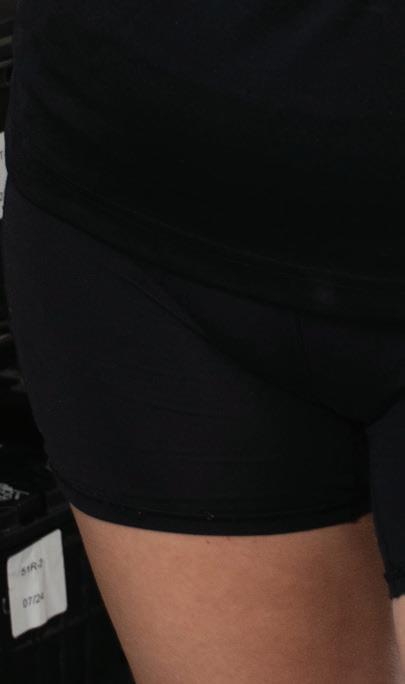

Amanda Saraiva and her family endured a rough start with their Victory Lane franchise and are now thriving.
reached the same destination: being successful female leaders in what once was a male-dominated industry.
As the quick lube sector is seeing efforts to recruit more young women into auto service roles, Saraiva, a Victory Lane Quick Oil Change franchisee in Arizona, and Pobanz, owner of Shell Rapid Lube in Minnesota, are two examples of women who are leading thriving shops of their own.
Their entry into the quick lube industry may not have been conventional or planned—but strong support systems showed them how their strengths and skills are invaluable in the auto service sector.
AMANDA SARAIVA
Amanda Saraiva and her husband took over their Victory Lane Quick Oil Change in Lake Havasu, Arizona, just a couple of years ago, but she’s been involved in the industry for nearly two decades. When Saraiva was 20 years old, after marrying her husband, she took over customer service relations for his family’s auto shop in Yuba City, California.
Saraiva didn’t remain in one place, having left for a time to pursue other roles, such as bookkeeping and expanding her experience in the business world. She found herself returning to the family’s business—however, the shop would eventually be sold off to Premier Oil Change.
With that, Saraiva and her husband thought that would be the end of their time in the automotive field, but it didn’t turn out that way. Her husband took on some intensive work, and the two realized that they wanted to operate their own business, rather than work for someone else.
Initially, they were keeping their eyes open for any opportunities from franchises or independent owners looking to retire but weren’t seeing anything quite to their standards. That was until they got in touch with Victory Lane, and learned of a potential franchise opportunity in Lake Havasu.
While Saraiva never saw herself living in the western Arizona city that is now home to the reconstructed London Bridge, her in-laws—the owners of the former shop she and her husband worked at—wanted to retire there.
“I knew that his parents wanted to retire here, so that was obviously a driving force to get to Arizona. Personally, I never in a million years wanted to live in Havasu,” shares Saraiva. “So, it’s funny that I live here, and I absolutely love living here now.”
Indeed, the journey there would be rough, but the destination would be more than worth it. In a whirlwind of events, Saraiva and her husband sold their home and moved to Arizona with their kids in 2023 to take over an existing Victory Lane franchise location in Lake Havasu.
While the location did make it ideal, the shop was fraught with challenges when the Saraivas took it over.
“This was a struggling location, and it needed a lot of help. Obviously, we’ve got a lot of experience in the industry, so we took a leap of faith that was really intense in the beginning,” says Saraiva.
Within two weeks of moving to Lake Havasu, the pair were already working in the shop and taking it over. For the first week or two of operation, though, Saraiva—who has never suffered from allergies—had her eyes swollen shut from an allergic reaction. Then, a week later, on the Fourth of July weekend, they pulled up to the shop one day to find it completely flooded.
“We literally pull up and there’s water running out of my waiting room door. Somebody had left oil at the car wash, and my husband was focusing on that—and I’m like, ‘Dude, dude, dude, there’s water coming out of our waiting room,’” tells Saraiva.
They opened the door, releasing a 3-inch-deep pool of water out of the building, underneath a caved-in roof. The culprit for the flood, it turned out, was a pipe above a mezzanine in their office that had busted two days prior.
“So, we went through that first summer—Arizona summer, mind you—no A/C, no nothing,” says Saraiva.
On top of that, the shop’s equipment had been neglected prior to the Saraivas taking over, meaning they had lots of equipment failures on their hands during their first few months.
“And there were policy issues and employee issues—it was a wild freaking ride the first six months,” Saraiva says.
Still, there’s nothing about the experience she would change. Saraiva says there were times
Human nature is an amazing thing, and when you’re faced with something where you don’t have a choice, you find a real resiliency that you’ve never known you have. It’s how you become a better, stronger person."
–AMANDA SARAIVA
when she felt so beaten down and discouraged, she wondered if it was possible for her to persevere. But she did. And now, she knows that no matter what else life throws at her, she can handle it again, just like she did then.
“Human nature is an amazing thing, and when you’re faced with something where you don’t have a choice, you find a real resiliency that you’ve never known you have. It’s how you become a better, stronger person,” says Saraiva.
“That whole event humbled me. And if it wasn’t for that six months, I don’t know if I would be the same person. I don’t know how or why I’ve changed, but I don’t feel like I’m afraid to conquer hard things now.”
Amanda Saraiva's first six months operating a Victory Lane brought unexpected challenges, but she feels stronger for the experience.
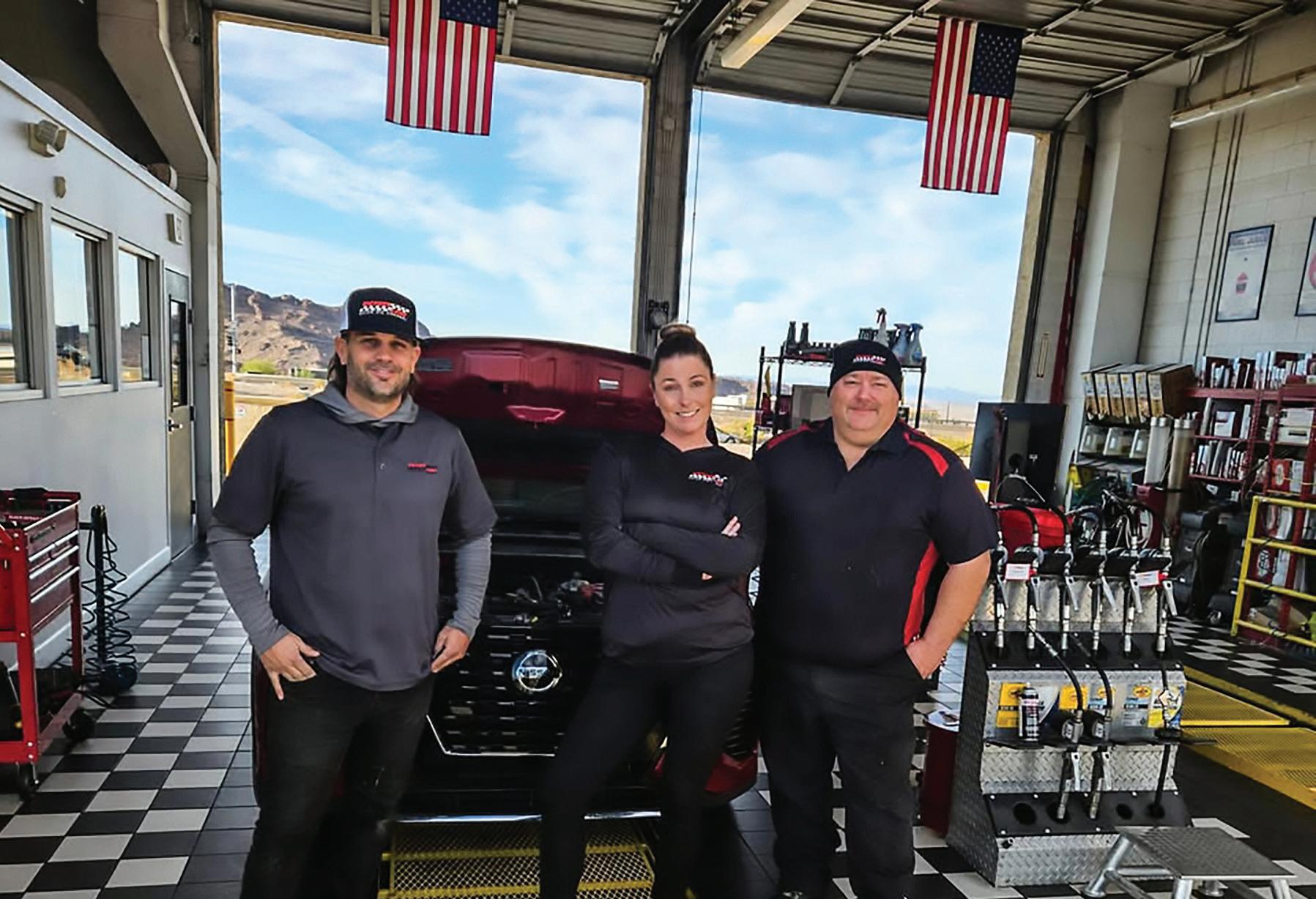
Charlie Pobanz, co-owner of Shell Quick Lube, says growing up in a family of business owners helped her develop a knack for entrepreneurship.
TALENTS: CHARLIE POBANZ
Charlie Pobanz wasn’t initially headed down the path of auto shop ownership—but, coming from a family of business owners, she’s always had a natural knack for entrepreneurship.
Her journey began in 2008, when she was 21 years old, working at a nursing home and studying to become a nurse in Albert Lea, Minnesota. Her husband, working as a trucker at the time, started telling her he wanted to take over an auto shop from someone in their small town. At first, she thought he was kidding— until he wasn’t.
Pobanz and her husband met with the owner of the shop, and within just over a week, signed papers to take over the facility, Shell Rapid Lube.
For the first few months, Pobanz attempted to juggle nursing school and working at their new shop at the same time, but soon realized she had to choose between the two. The answer was clear to her: She found more fulfillment in operating the shop.
“As the time went, I’ve just grown to love it,” explains Pobanz. “I love that every day is a different challenge. You always see different things. It’s constant learning with the newer vehicles, and I love seeing new people every day.”
Fortunately, the shop was already staffed with experienced technicians, from whom Pobanz was eager to learn as much as she could. Since taking over Shell Rapid Lube, she’s always been more than willing to get in the thick of it and help out with whatever needs to be done, and she has been deeply invested in the shop’s successes the whole way.
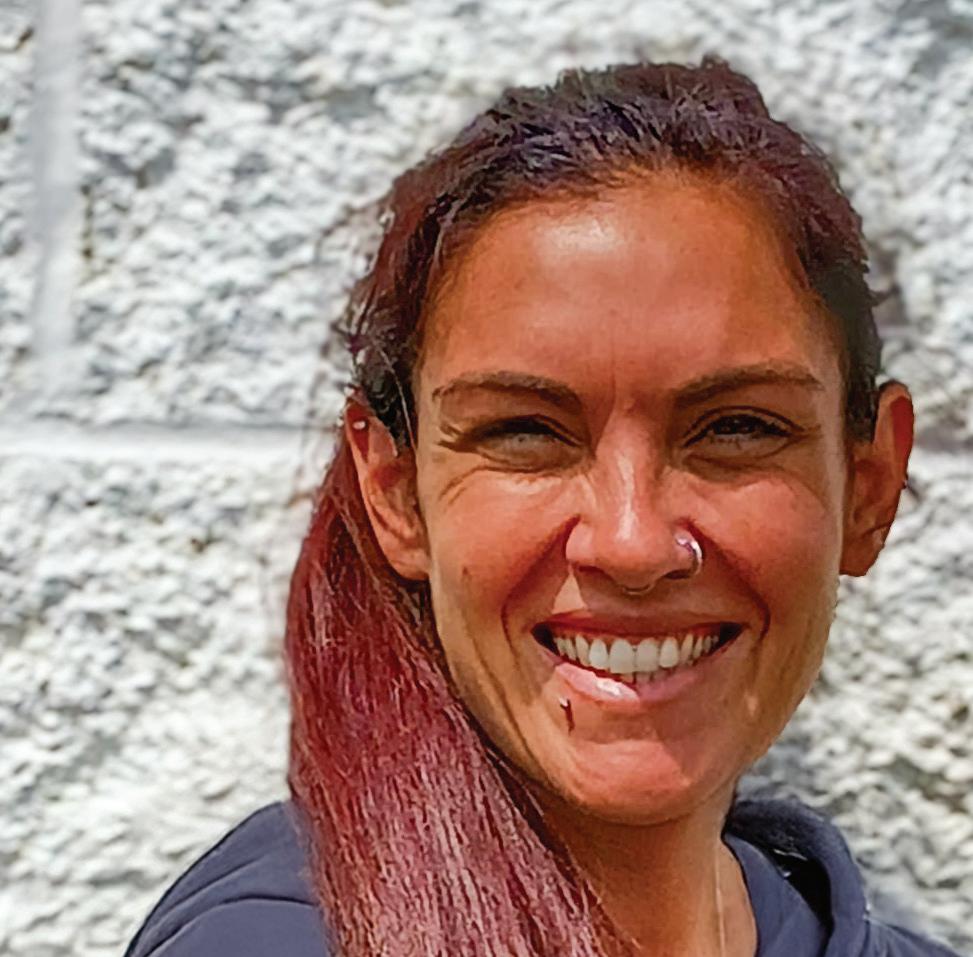

“The very first day we opened, we did a whopping eight cars, and we thought that was pretty awesome. Then we made it to 10 cars, and we thought we were on top of the world,” recalls Pobanz. “Now, we push 40 to 45 cars a day. And I think that’s a very big thing for me, just how far we’ve come.”
Pobanz has seen many of the challenges of business ownership through her family, but she still had much to learn about the automotive world specifically. This
I love that every day is a different challenge. You always see different things. It’s constant learning with the newer vehicles, and I love seeing new people every day."
�CHARLIE POBANZ
willingness to learn helped make the process of taking over go smoothly, allowing her to see aspects of her business in operation that she would otherwise not be privy to.
“I don’t think that a lot of times people understand how much time it takes to really do this, to own a business in general. It’s not just come and go as you want,” says Pobanz. “Like anything, you can’t be scared to get dirty and be hands-on. You just have to dive into it and have an open mind and want to learn. I think there has to be a big will to learn.”
As a shop owner, patience has also been an invaluable skill to possess. Like any skill, it’s one that requires effort and training, especially as a woman entering a male-dominated space. Pobanz has encountered people who dismiss her because of her gender, but ultimately, she realizes it’s no one’s loss but their own.
Like many women who enter the field, Pobanz has been helped by a strong support system of friends and family cheering her on, and she’s helped create a work environment that welcomes anyone looking to learn. As she operates the shop alongside her husband, her older sister has also joined her, working as a technician out in the shop.
In step with her parents and grandparents, Pobanz ultimately decided to start her own business, creating a path that no one else can dictate the direction of. She encourages other women pursuing shop ownership to also have faith in themselves, and keep pushing for whatever they feel they’re meant to do, too.
“Just don’t be scared,” Pobanz says. “Dive in, do what you feel is right, and it’ll all work itself out.”




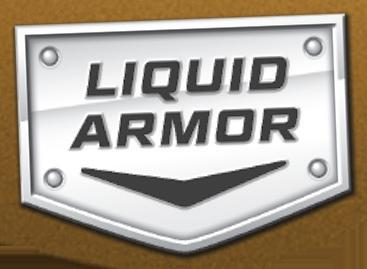


⊲
⊲
⊲
⊲
⊲ 4 Top 5 Finishes
⊲ Host of “Stacking Pennies” Podcast






After Asheville, North Carolina, was devastated by Hurricane Helene in September 2024, SpeeDee franchisee Willis Hudson and his team have rebounded with help from family and colleagues
by Tom Valentino
Willis Hudson has seen a lot in his time as a SpeeDee Oil Change & Auto Service multi-site operator, dating back to 2008, including intense storms and turbulent hurricane seasons past. Still, nothing could prepare the Asheville, North Carolina, resident for weathering Hurricane Helene, which devastated the area around one of his franchise locations in September 2024.




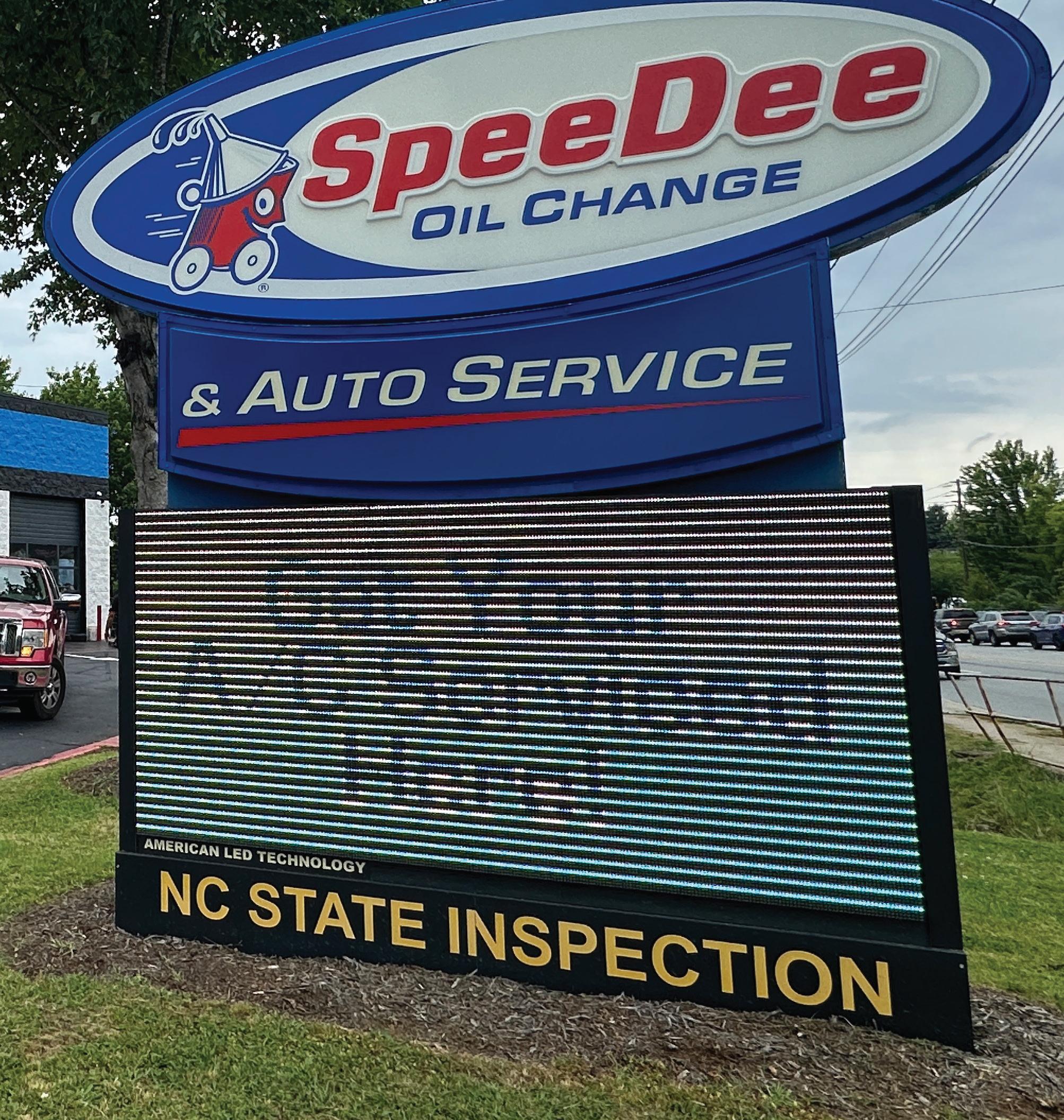


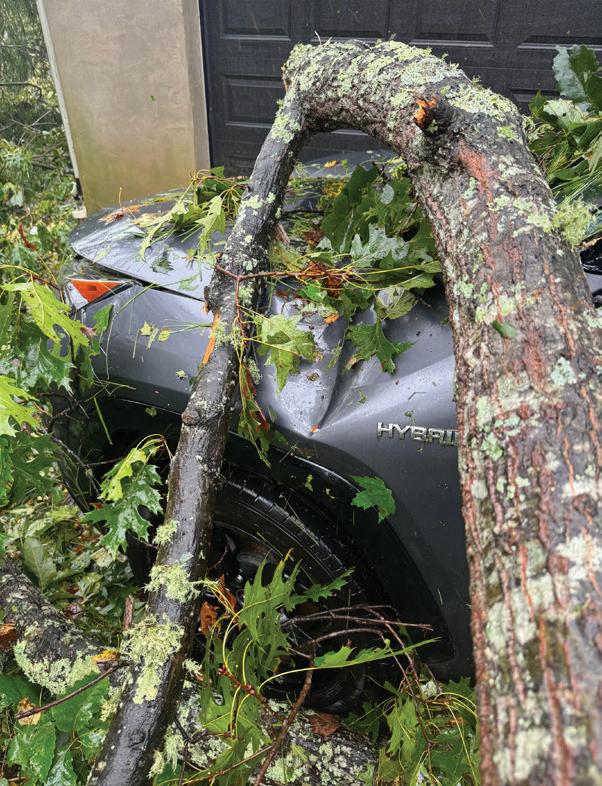
A dark moment for the town, however, became a story of selflessness, generosity, and teamwork for Hudson, his family, and the 11 employees at the shop.
On Sept. 26, 2024, a day prior to Helene officially reaching Asheville, heavy rain began to pelt the area.
“We saw then, like, water coming down through from the (nearby) bank parking lot,” Hudson says. “And it was a little muddy with some rocks. We didn’t put two and two together then, but we should have.”
Hudson went home for the evening, and after talking things over with his wife, Amber, during dinner, he decided to head out to fill up gas cans to power a small generator just in case things became dire. He came home and went to bed, not knowing what was in store just hours later.
Around 4 a.m., Hudson lost power at his home. He went outside to see what was happening.
“I got up and went and checked outside, and the wind was blowing a little bit,” he says. “From my perspective and what I could see, it didn’t look all that bad. All the trees in our yard were still standing. It wasn’t raining all that hard.
“I went back to bed until around 6:30, when our dogs woke up and wanted to go out. The wind was blowing a little bit harder then, but I still didn’t think a whole lot about it.”
After feeding his pups, Hudson attempted to check cameras installed at his shop, but discovered they were inoperable. He made the decision to close for the day. By midday, Hudson decided to drive to the shop to assess the property, but a mile into his trip, waters from a nearby culvert that typically sits 10 to 15 feet below the road were now making the road impassable. Later in the day, he attempted to make the trek with a utility vehicle, but could
only get so far before running into more washed-out roads.
With no power and cell phone service now out as well, Hudson and his family had limited information to go on in Helene’s immediate aftermath.
“We went to bed Friday night not knowing half of what was going on in the county,” Hudson says. “We knew there was some flooding. We knew there’s some trees down … (but) we didn’t know how the shop was.”
It wasn’t until the afternoon of Sept. 29—two days after Helene tore through the region—that Hudson was able to get to his shop, where he found mud filling the parking lot and running right up to the garage doors. The SpeeDee location avoided the worst—the shop building itself remained intact—but the surrounding area was filled with mud that had slid down from nearby railroad tracks, and Hudson’s SpeeDeebranded trailer had been crushed by a tree limb.
Hudson connected with an excavator who was able to start digging out the mud, and, despite not having power, a multi-day cleanup process was underway.
Using his generator for power, water from a nearby creek, and an assist from his grandson, Hudson spent much of the next two days power washing the facility. By Oct. 2, enough progress was made that Hudson was able to leave town briefly for a large FullSpeed Automotive marketing meeting in Charlotte. Once there, the full scope of the hurricane became evident, as he was able to watch news broadcasts and get back online.
“The destruction was unbelievable,” Hudson says.
At the FullSpeed meeting, Hudson asked fellow franchisee Steve Sarrantonio for a ride to a dealership
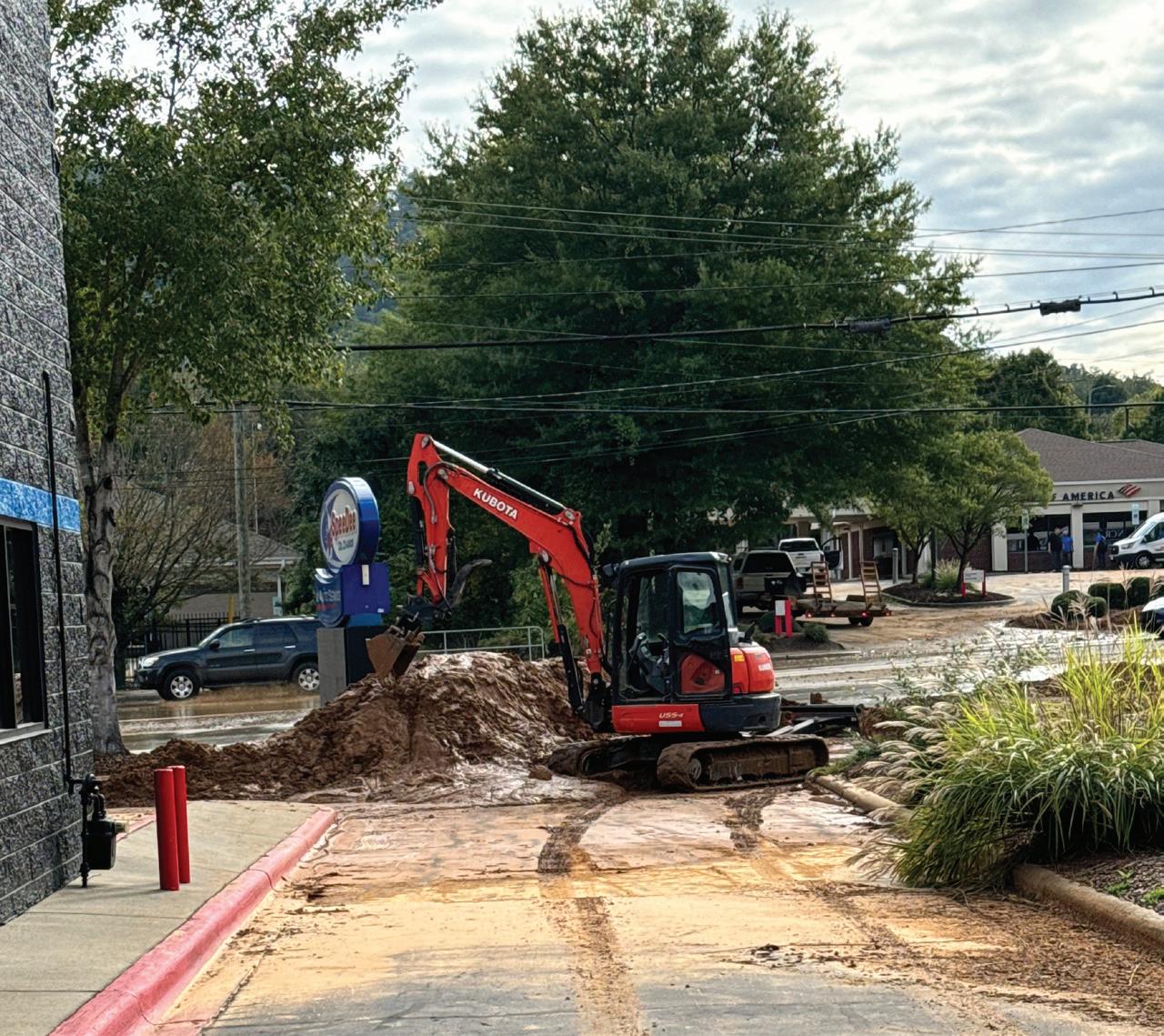

where he could buy a replacement for his trailer that was destroyed.
“He was like, ‘Man, I’m not gonna take you over there to get a trailer. You can take my trailer,’” Hudson says. “And I said, ‘I really appreciate that, but I don’t know when I’m going
to be able to get it back to you. I’m gonna need my own trailer anyways, so, I just would like really would like to go buy one.’ And he’s like, ‘Well, I don’t really need one. It’s sitting in our way. So, just take mine, and you can have it.’”

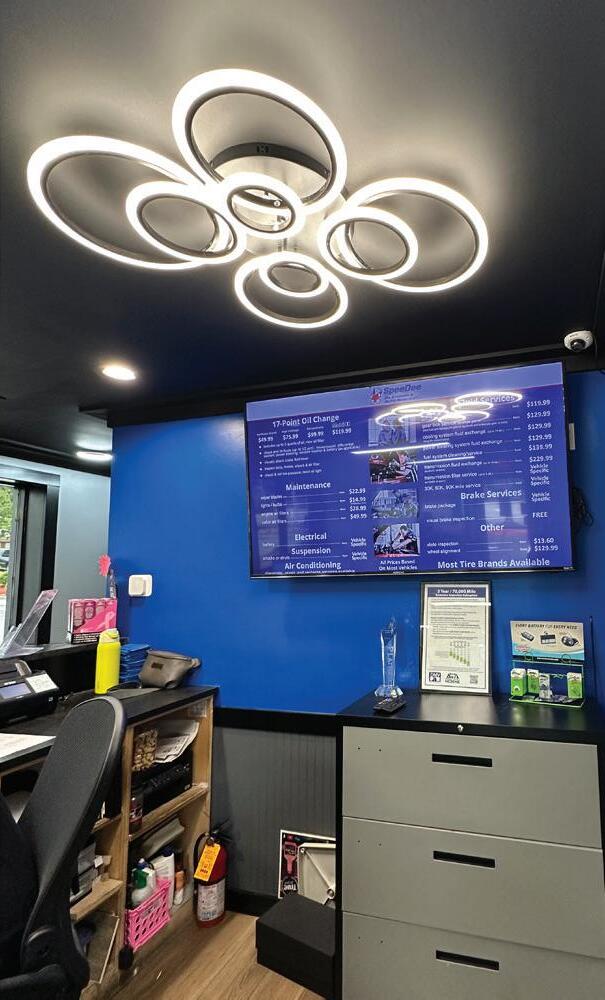
Although its average car count is now below its pre-Hurricane Helene numbers, SpeeDee Oil Change & Auto Service has rebounded in 2025.
Hudson offered to buy the trailer, but Sarrantonio refused to take any money for it. With the blessing of their district manager, the trailer was delivered to the hotel where Hudson was staying in Charlotte.
At the meeting, Hudson was provided with $1,000 in gift cards by the company. Other franchisees also made monetary donations.
Hudson and his wife used the gift cards to buy water, non-perishable foods, and other basic supplies in Charlotte because stores back home remained shut down. The food and supplies, along with the donated money, were loaded into their new trailer.
Back at home, Hudson’s shop opened briefly on Oct. 4 before fully reopening the following day. Also by this time, cell phone service in the area had started to be restored, and Hudson was able to contact his staff to tell them he was coming back to town with a trailer packed with food and necessities.
“I was able to get in touch with everybody and tell them I’ve got
supplies that I’m bringing to the shop. Whatever you need, come and get it. If you can’t get here, let me know, and I’ll try to get it to you,” he says.
Hudson notes the selflessness of his employees, taking only what they needed to cover a couple days while trying to leave more supplies for those in greater need.
“They said we would rather give it to other people that need it worse than we do, which was unbelievable to me that my guys were that selfless,” Hudson says.
Hudson also paid his employees in full for the week their shop was closed.
Nine months later, Hudson says the region is still recovering. Trailer homes that had been washed out by the storm remain. Stacks of debris await pickup.
Hudson says that while the car count at his shop is down, business overall is slightly up, surprisingly.
“We’re fortunate, and we’re very thankful,” Hudson says. “Of course, we want to be busier, but we are extremely fortunate that we are where we are and we have the sales that we have and we’re doing as good as we are.”
Asked what he learned from the experience of recovering from a natural disaster, Hudson admits it’s difficult to prepare. If you’re a shop owner in a coastal area, Hudson says, consider having full sandbags at the ready to put in front of bay doors and walk-in doors.
“Have some water, have some gasoline for a generator if you have it, and make sure your vehicles are full of gas,” he recommends. “Keep cash on hand, because when the power goes out and it’s out for days, you’re not buying anything with a credit card. That was one important lesson for us.”


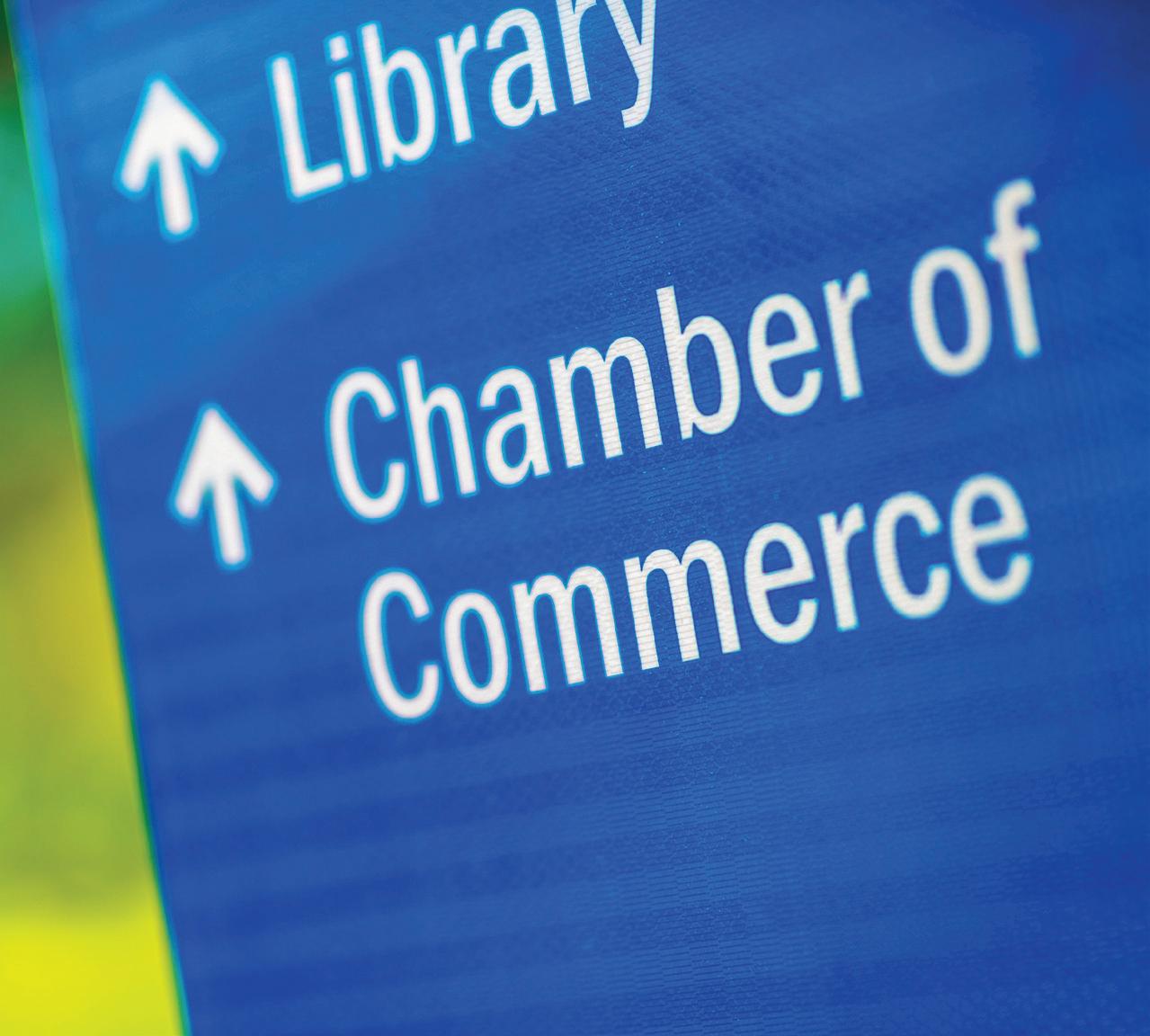
Joining the local chamber of commerce brings collaborative opportunities and business to your door
BY ENID BURNS
STARTING OR EXPANDING A business requires considerable effort, but numerous resources are available to help. One of these is
the local chamber of commerce. Comprised of local businesses, these organizations support the interests of their members. For
small businesses, meeting with and joining the chamber can help to establish a presence within a community, whether it is a city or group of small towns.
The community’s commerce center offers resources, collective discounts, networking opportunities, marketing support, and synergy with other businesses and a customer base.
The local chamber of commerce is a resource for any business, says Jenny Boettcher, president of Grosse Pointe Chamber of Commerce and Grosse Pointe Chamber Foundation in Grosse Pointe, Michigan.
“Joining your local chamber of commerce can offer several benefits to local businesses,” Boettcher says.
Boettcher outlines several benefits to businesses that join their local chamber, including:
Networking opportunities: Meetings where business owners can showcase their organization and connect with peers, potential clients, and local leaders. Networking also offers opportunities to collaborate on programs, projects, and events.
Credibility and trust: Chamber membership can signal legitimacy and trustworthiness to customers, who often view members as more reputable.
Marketing and visibility: Members get listed in the chamber’s printed directory and get a profile on the chamber’s website with links to their website and social media platforms. They can also be featured in the chamber’s newsletter and social media outlets and included in community events and promotions.
Business referrals: Chambers often refer members only to other businesses, residents, and visitors.
Education and resources: Chambers can provide access to workshops, seminars, marketing,
grant opportunities, loan options, and more.
Community involvement: Chamber members have the opportunity to sponsor events, support local causes, and improve public perception through civic engagement.
Listings online and in print serve as a great starting point for customers seeking a solution. A customer will have confidence in a quick lube business listed with the local chamber of commerce. It is a respectable endorsement that may be particularly useful in developing areas where customers are seeking an established business.
“We see it as very important,” says Joe Coyle, manager at The Lube Center in Springtown, Texas. “We’re a growing city. We’re a tiny town, but we’re massively growing. That’s where people go to look for it.”
Businesses can connect through the local chamber of commerce and collaborate on how they can drive customers from one storefront to
the next. A quick lube shop might offer coupons for a nearby carwash. Customers can bring their cars in for a wash after a service visit.
“We’ve received some good benefits. The chamber in this area is super active,” finds Sean Jost, regional manager at Jiffy Lube in Southern Utah. Jost says he sees that several people at the local chamber are “very awesome. They help local businesses.”
Jost appreciates the networking opportunities offered by the local chapters. “It’s been good getting to meet other businesses and know about other businesses in the area,” he said.
Those relationships can lead to business, including fleet accounts.
Hosting an event through the chamber of commerce can help grow those business-to-business relationships or promote a business to new and existing customers.
“We had an event here two months ago,” Jost tells NOLN. “We gave them lunch and toured them around the shop. It was a good opportunity to develop relationships with people you otherwise might not meet.”

Chamber-related events can even bring businesses together to create a greater impact.
“You can team up with a business that doesn’t have a location,” adds Brian Walker, owner of Shop Marketing Pros. “The catering company has the food, quick lube has a location, hosting an event for the chamber of commerce.”
Attendees can easily become converts at a successful event. “People who attend chamber of commerce events are natural with spreading the word,” Walker tells NOLN.
Most chambers of commerce offer tiers based on business size or sector, as well as membership with varying levels of involvement. The basics, such as online and print listings, might be enough for a new business to get started. Over time, a company may want to host an event, sponsor a local gathering, or collaborate with other businesses.
“I feel like we could probably get more of a benefit out of (membership) if I had time to be more active and attend more events,” says Jost. “Maybe we could get more out of it.”


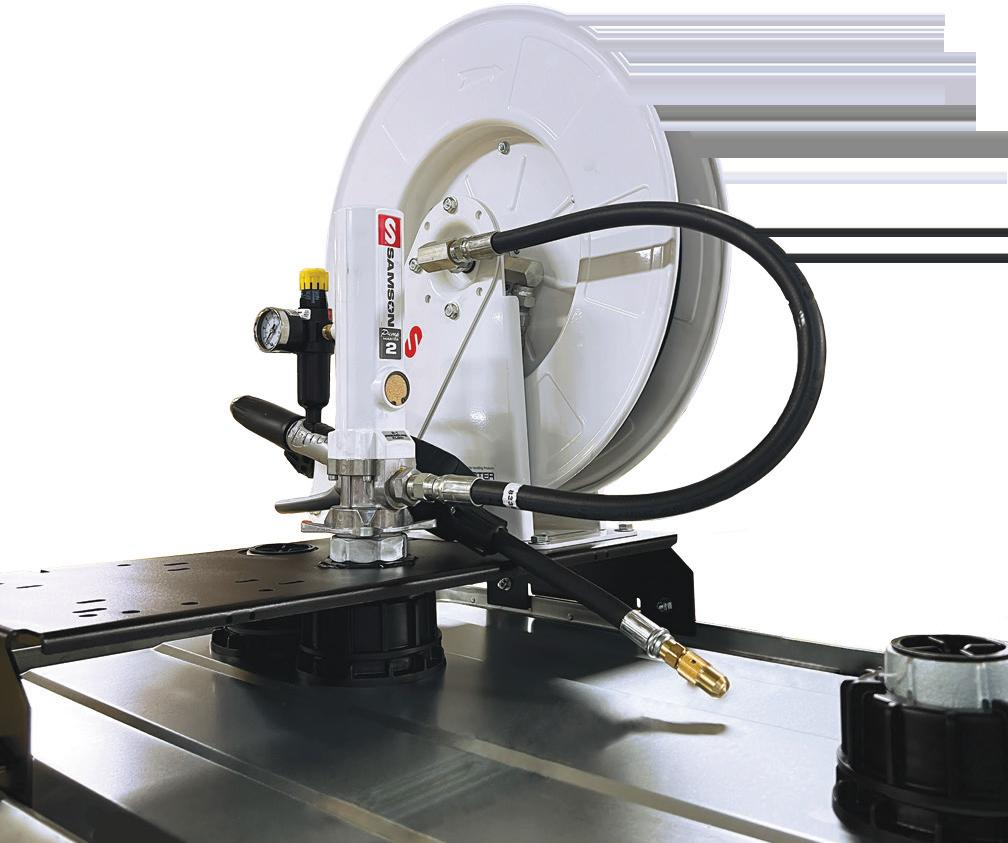


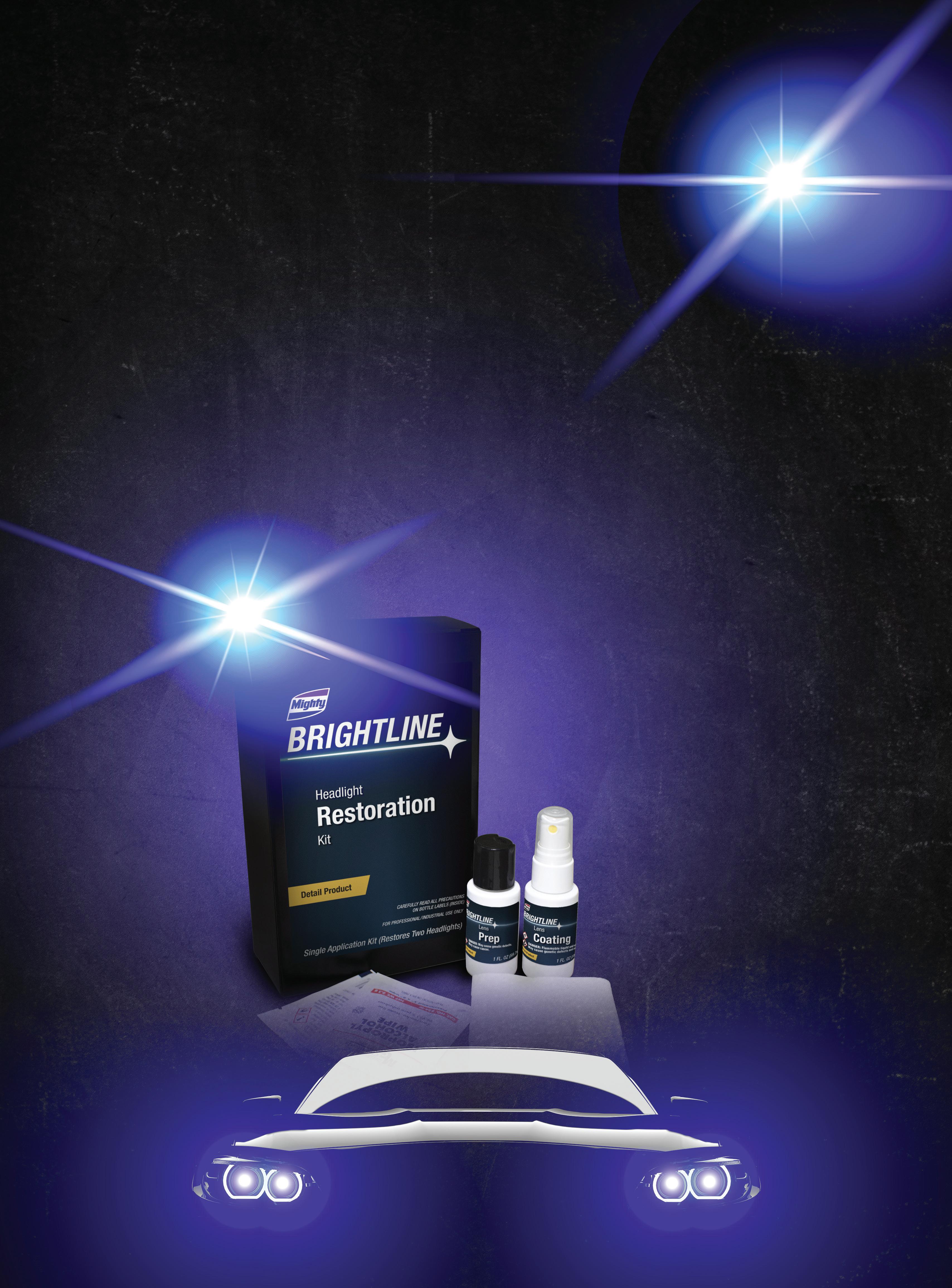
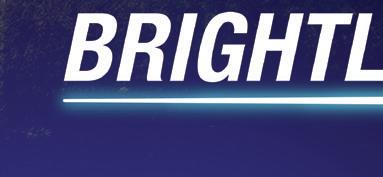
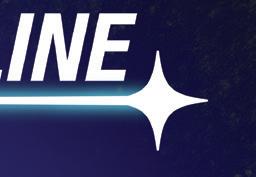

Analyzing percentages and efficiencies can help determine what services to keep, and which to ditch
EVEN WHEN BUSINESS IS running smoothly, it is still worth evaluating the services offered to customers to determine what is working and where a shop might find better efficiency and improvement. In some cases, the answer might be to grow the business by moving some services to a second location. In other instances, cutting a service because it takes time away from other tasks might be necessary to tune up the shop.
A quick lube shop, by definition, needs to be quick with service. Speed helps increase car count, and also increases customer satisfaction and loyalty. It may be tempting to add more services, however keeping the shop to basics such as oil change, fluid checks, and filter changes can help maintain efficiency.
“Originally, we just did the quick lube, which is our Duluth location,”
BY ENID BURNS
says Pete Popoe, GM of Auto Ace Express Lube with locations in Duluth, Minnesota, and Superior, Wisconsin.
It made more sense to add more services with the acquisition of a second location, where the service center offers mechanic and tire services. The original location remains focused on quick lube functions to keep up efficiency.
“I guess with the quick lube, there’s not much more to add,” Popoe tells National Oil and Lube News.
“We do the lighting, air filters, cabin filters, wiper blades, batteries.”
With plans to expand the business to a second location, Auto Ace Express Lube decided after evaluating its services that the Duluth shop would remain a pure-play quick lube offering, with the acquisition of a new location in Superior, about a 15-minute drive, that could handle mechanical and tire services in addition to quick lube services.
“Originally, we just did the quick
lube, which is our Duluth location,” Popoe explains. “Our Superior location, we were doing quick lube, and expanding to tires and mechanical.”
“We were looking to expand in Kenwood, and wanted to buy another quick lube, or open another,” says Popoe, who is the GM for both locations.
The new location was an existing service center owned by a gentleman who wanted to retire, Popoe tells NOLN. “They were doing mechanical and tires already. We decided to purchase and get into doing the tires and mechanical repair.”
The transition took up to a year, with Popoe working in rotation with existing staff and taking time to evaluate each service offered by the shop.
“We personally spent time with the guys working with the quick lube side,” Popoe details. He also worked
with the service writer for the shop, the mechanic, and the other owner, who was head mechanic of the shop before it changed hands.
“It took almost a full year to get things changed over,” says Popoe. “I spent quite a bit of time here—two or three days a week.”
Popoe says he spent time talking to customers.
Both locations have continued to grow.
“With the Duluth location, the reason we wanted to expand is we got to capacity (and) couldn’t handle any more cars,” recalls Popoe. “We added so many customers. We had a lot of customers from this area that have moved over here to the Superior Side. Still continuing growth in the Duluth location. We gained customers more local to the new shop.”
Auto Ace Express Lube continues to grow in both of its locations. It has become almost necessary to cut services such as transmission jobs in order to keep up with the rest of the business.
Where evaluation of services has become necessary is with mechanical services.
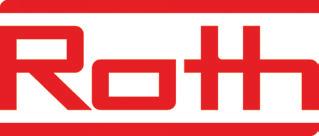
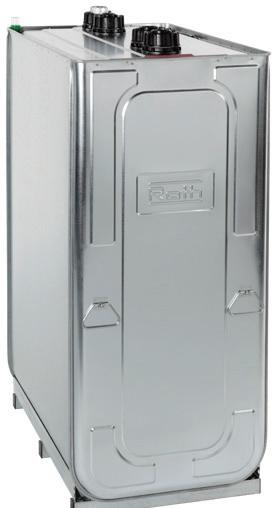
•
•
“We stopped doing a couple things, just because we were at the point where we were too busy, leading to more of a profit loss than a profit gain,” says Popoe.
It was transmission service that ended up being cut due to the time-consuming nature of the task.
“We eliminated that because of the time it would take,” Popoe explains. “It tied up a bay for an hour to two hours.
“That was the big one. The other ones we can do and get done a little more timely,” he says.
In addition to the time it takes to complete a transmission service, “If you didn’t do it right, it was a big issue,” Popoe states.
Auto Ace Express Lube refers customers to a nearby specialist. “Referring them to a specialist and getting it done the right way. I think the customers were more receptive to us telling them we can’t do it. It’s a trust issue,” he says.
Now in the second year of building the business, Auto Ace Express Lube is ready to evaluate its second location and see where efficiencies can be improved.
“A metric stat I use for sales and goals is purely of percentages,” explains Popoe. “It’s easy to track that way. It’s not that we need to sell 200 this month, it’s (that we need to increase) 10% this month.”
Maintaining business is where Popoe looks to see efficiencies. “Our real goal for the year is to keep up on our current sales and current matrix or our sales. Employment has been our biggest issue,” he says. “It’s hard to have enough employees to ensure that things are getting done properly and there is a lot of time spent on training. It’s getting employees trained properly, and maintaining quality of service for our customer.”
Still, employees are keeping the business booming. As the second location approaches completing its second year under new ownership, the car count continues to go up.
“Last year at this time we were doing about 500 oil changes,” Popoe reveals. “Now it’s between 700 to 800. Our auto repair is getting quite a bit bigger.”
The shop is typically booked out about a week in advance.
“Now we have next week already booked and are going into the week after,” says Popoe.
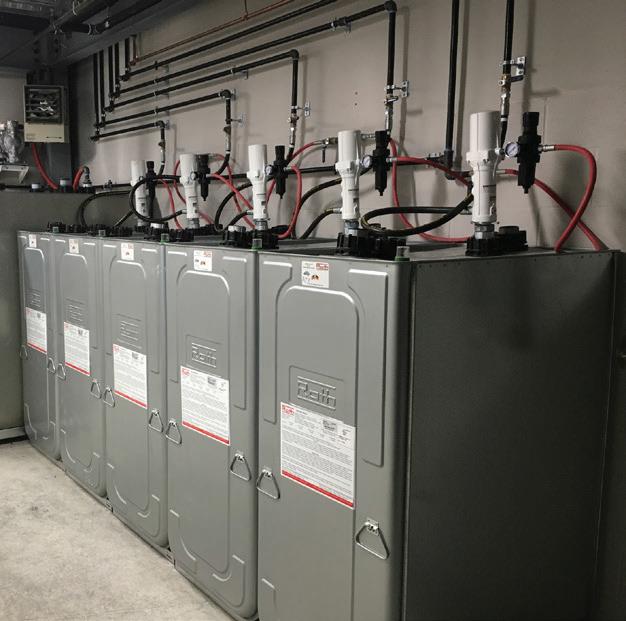
More and more drivers want to book ahead—even for quick visits. AutoOps makes that easy—especially for shops that don’t usually take appointments. And it’s built with quick lube in mind, thanks to our collaboration with the Mobil 1™ brand.

We know the unique challenges of quick lube shops. Whether you're a no appointments location or prefer scheduled slots, AutoOps adapts to your workflow.
Online scheduling puts your shop in front of customers actively searching for quick and convenient service.
Make it easy for customers to come back with a booking flow they’ll actually want to use again.
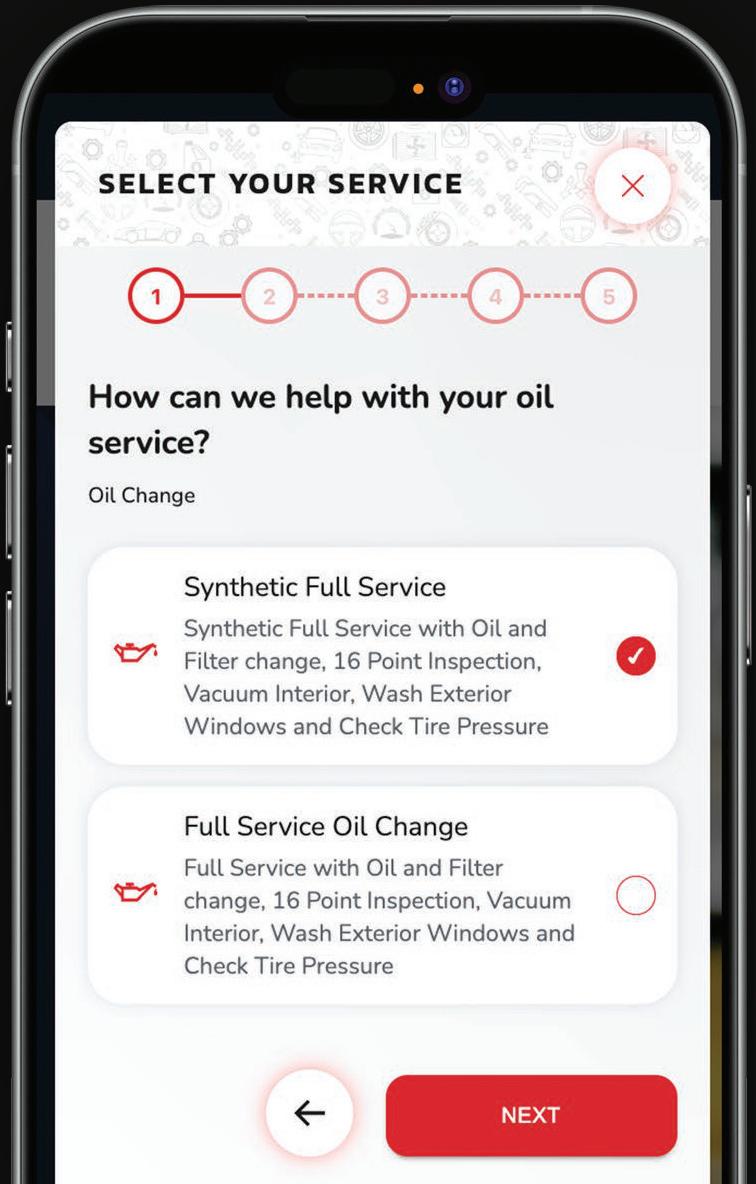
Leverage the power of the Mobil 1 brand to attract customers who value premium service and products.
Help your team stay on task by giving your customers a self-serve scheduling option that just works.
Stay bookable around the clock without lifting a finger—on your site, Google, and more.












*Source: Data provided by Steer Insights
EACH YEAR, the Tops in the Industry, presented by Mobil 1, highlights leading brands in the field—organizations that are shaping the quick lube industry today. The list represents a diverse group of automotive professionals and businesses that work every day to keep vehicles on the road. The number listed with each brand is representative of store location totals, according to correspondence with company representatives, information listed on brand websites, and other research by National Oil and Lube News staff. Some reported numbers are inclusive of U.S. stores only, while others may include international locations. Please note that this data was compiled by NOLN in June 2025, meaning that some numbers may be subject to change.
Jiffy Lube
2,080 Valvoline Instant Oil Change 1,975 Take 5 Oil Change
Strickland Brothers 10 Minute Oil Change
Chevron xpress lube and Havoline xpress lube 200+ * Oil Changers
(Includes Oil Changers and Oil Changers + Repair locations)
Highlights of growth-related news from some of the quick lube sector’s top brands
In December 2024, Valvoline announced plans to open 160 to 185 new stores in its 2025 fiscal year. The company also said it is aiming to expand its franchisee network to 250 new stores annually, a plan bolstered by its increasing refranchising efforts and new partnerships.
In February 2025, Valvoline signed a definitive agreement to acquire Breeze Autocare, parent company of the Oil Changers brand. Breeze Autocare operates 200 stores across 17 states, with an extensive presence of company-owned stores in California, Texas, and the Midwest. As of the time at which Valvoline announced the acquisition in February, the company planned for the Breeze Autocare stores to continue operating under their existing branding as a long-term integration plan was developed.
In February 2025, Take 5 announced expansion plans for the Northeast and Midwest regions of the U.S. The company said it plans to double its total number of stores within the next four years.
FullSpeed Automotive, parent company of SpeeDee Oil Change & Auto Service, Grease Monkey, and Kwik Kar, hosted its annual Joint Conference in March. During the event, the company outlined plans to expand throughout Texas and the Southwest, and also incorporate more modern services into their brands’ offerings, such as electric vehicle maintenance.
In April 2025, Entrepreneur released its 2025 Fastest-Growing Franchise List, and two quick lube brands made the cut. After growing its franchise network by over 100 stores over the prior year, Take 5 earned its highest ranking at No. 27, up from No. 31 in 2024. Valvoline Instant Oil Change checked it at No. 41 on the Entrepreneur list.


A thoughtful, multi-channel approach to marketing has kept Take 5 attached to its customers
BY CAROL BADARACCO PADGETT
EVERYWHERE CONSUMERS ARE spending their time in media, that’s where Take 5 Oil Change will be, says Chicago-based Mike DeTrana, vice president of marketing
for the business that got its start in Metairie, Louisiana, in 1984.
The concept of meeting customers right where they are is something Take 5 Oil Change cultivated quickly.
After its founding as Rapid Oil Change, it grew to cover eight states with 60 locations in just over 10 years. By 1996, the business created the first stay-in-your-car quick lube business model and changed its name to Take 5 Oil Change.
Some 40 years later, the business consists of both company-operated and franchise locations that keep their foot on the gas with smart—and basic—marketing tactics that drive customers into Take 5 shops.
Here’s what those tactics look like, and why they keep customers stuck like glue.
For any quick lube shop looking to stand out from the sea of competitors and lure in drivers, there are a plethora of marketing moves to consider. But for DeTrana, the basics are what consistently reel in business.
“We really try to communicate our value proposition of being fast, friendly, and simple, and then we flex a little with other messages like specific promotions, partners, and local sports (affiliations), where relevant,” he says.
He then inserts Take 5’s core propositions into every message they send out—video, radio, social media, and search tactics.
“We’re spending time making sure that what we’re saying in our messaging is connecting (from the) media to the bay,” he says. “Establishing consistent messaging makes all the advertising and media work harder.”
His advice for single operators in the quick lube industry, who have limited time and resources for marketing? “Try to be consistent in your execution and your message—who you are and what you stand for. The goal is to be sticky in your customers’ minds.”
The way to get sticky and stay sticky is to communicate what customers will find inside your quick lube’s doors.
“Focus on the in-shop experience: It should be tidy; the employees should be strong at the point of interaction and check out. And there should be a seamless customer experience. Any quick lube should do these things, large or small,” DeTrana says.
He continues, “Clean floors, techs with clean shirts that are tucked in, and we make sure that what a customer sees online (on our website) and on media is what they actually experience on site.”
Another bit of wisdom DeTrana imparts: Don’t be afraid to employ a full marketing mix, and to find out what works best for your operation.
“Our secret sauce is how we divide our spend up across channels (video, radio, social media, and paid and unpaid online search),” DeTrana says. “We use everything and we’re consistent (in messaging) across all those channels. We have a brand standard look and feel.”
Driven Brands, based in Charlotte, North Carolina, is the parent company of Take 5 Oil Change. It is also the largest automotive services company in North America, and the parent company to Meineke Car Care Centers, Maaco, and others.
“Across Driven Brands, our different marketing leaders connect from time to time to discuss what’s working for their brand versus another,” DeTrana notes.
Atlanta-based Dagger, an independent brand-building agency, on the other hand, has helped shape Take 5 Oil Change’s brand and take it into the future. As DeTrana describes, “They are unofficially our agency of record, and they’ve been instrumental in refining our visual brand language. They’ve helped with our evolution.”

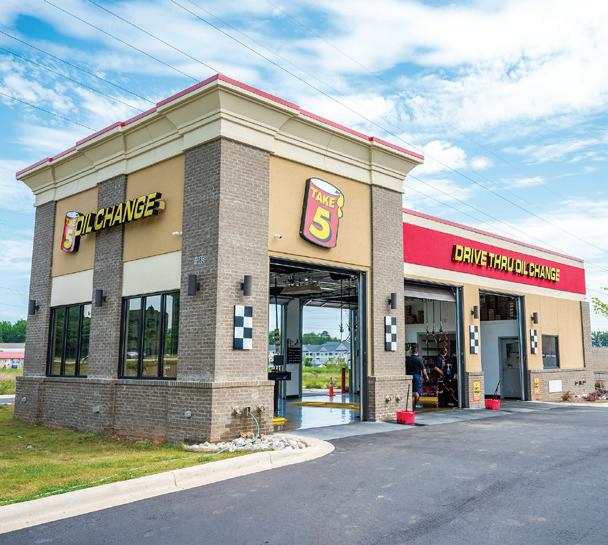
Dagger has also helped Take 5 maintain a consistent throughline—or overall theme—behind its message in every medium where it appears, according to DeTrana.
Since what’s now Take 5 Oil Change began operation in the 1980s, DeTrana inherited the business’s logo. But it’s such a cool, retro logo that it stands the test of time, he finds.
“Our logo has equity in the marketplace,” as he puts it. “We just make sure our overall design is consistent with that brand mark. So while we are evolving, we stay in line with the retro cool.”
Part of the evolution includes a marketing campaign Dagger created alongside DeTrana’s team, called “Take 5 Clive”—where a brand character (Clive) speaks for the brand through its advertising.
“We really like the idea of brand characters because they’re sticky in consumers’ minds,” DeTrana says. “(Clive) is a spokesperson for the brand, where we’re able, through the customer’s eyes, to talk about their experience.”
DeTrana explains, “Take 5 Clive is surprised at our value, free tire checks, and top-offs. And through him, we do this interesting communication of our brand, what we offer, and we tell our customers what they should expect from us.”
As the campaign grows, Clive will bring his family and friends into the messaging too.
For quick lube businesses small and large, branding and marketing are crucial. And the goal is making a shop sticky with consumers—something they will easily remember.
The things a shop will most want to convey are its core propositions, benefits like speed, value, and cleanliness, for instance. These tenets should then be consistently conveyed across all the messaging that comes from a quick lube, such as its logo, website, advertising, and social media. Even its signage and interior/ exterior design, ideally.
“We (quick lubes) fall into a category that’s something customers have to do to maintain the value of an asset—their vehicle—but it’s not the most fun thing people will do in a day,” DeTrana says. “Our branding and marketing helps us create distinction and helps with what’s a chore for most customers. Our messaging brightens up the experience.”
And it pays to be sticky.
Synergy fuels success when operators start by putting employees into roles they understand, want, and have the capacity to do

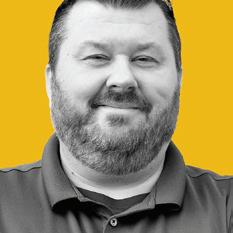

Adam Tatum is director of operations for the Virginia Group, a Jiffy Lube franchisee with 11 locations.
He has over a decade of experience in the industry with a proven track record of building customer counts and sales, as well as using innovative ways to bring a new look to the automotive field for both the customer and the employee. Performance comes from growing your business through people.
A highly effective lube manager might just be the most important step yet.
Synergize. What does this mean? It means that you need to put your aces in your places to achieve your goals. It means that you combine the strengths of your people, through positive teamwork, to complete tasks that cannot be completed, normally, by one person. It will make you a true teambuilder.
To put this into a college football reference, think of yourself as the Nick Saban of your shop. Saban, a college football coach whose teams won seven national championships, is famous for a ton of team sayings. The one that we want to use is as follows: “Focus on the process of what it takes to be successful.”
Isn’t that what we have been doing in the past six months? Preparing to do things is a new way to achieve greater success. Part of this process is to know your people and put them in the greatest opportunity to be successful. There is an exercise that can help you not only know these strengths but also shore up weaknesses. GWC. Get it. Want it. Capacity to do it.
Take a pad and a pen. Write out your crews and G, W, and C at the top. Think about each employee. Do they get their job? Do they want their job? Do they have the capacity to do the job that you want them to do? Let’s say you are evaluating your assistant manager. He can do the job. He has the knowledge to do the job. He does not really want to do the job. This gives you a starting point to find out what they need to be successful and if they are not the right fit, it allows you to start looking for the right person to do that job.
Once you know that you have all the right people, you can start to build a well-oiled machine. Start with a smaller goal or task. Let’s
say that you do additives as a potential add-on to your service. Set a reachable goal to add on a certain number that day, like 10. Get everyone working as a team to achieve this goal—from the proper greeting procedures and the proper checks to the follow-up to make sure that the customer is educated on that product. Once you achieve that goal, raise it slightly and keep improving until you get to a good median. Then, it is as simple as staying on top of this to make sure that it continues.
You have built a habit in the team to ask. All of these are ways to build positive habits in the team. Hence why the GWC exercise is important. It only takes one person to not know or not care to slow down the machine.
There are loads of procedures and goals that you can implement into your team using this method of synergy. I gave you a sales goal, but there are timing goals, administrative goals, and more that you can do to get a result. If you know you have a person who is not good at talking to people, then they may not be the best to be an advisor or the person collecting email addresses, for example.
Synergy is not an accident; it is a habit. There is a process we can follow to get there. For that process to work, we must live all the other habits. If we are reactive, directionless, unfocused, if we fail to consider what others need, and if we do not listen to each other, we will never collaborate successfully. We will also never get to constructive collaboration if we do not value others’ ideas.
It is truly valuing differences, instead of just tolerating them, that drives synergy. The ideas and perspectives of others are what allow us to get outside our normal way of thinking to see the world, and the problems we are trying to solve together, in a new way.



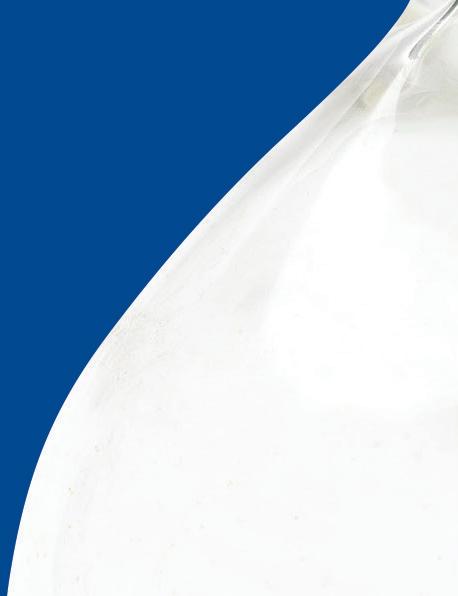




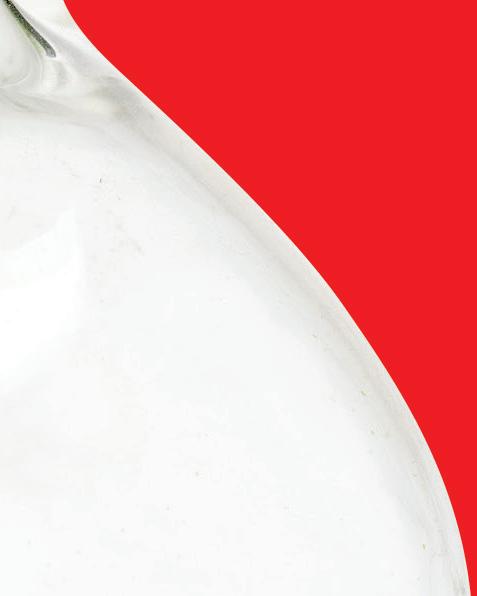

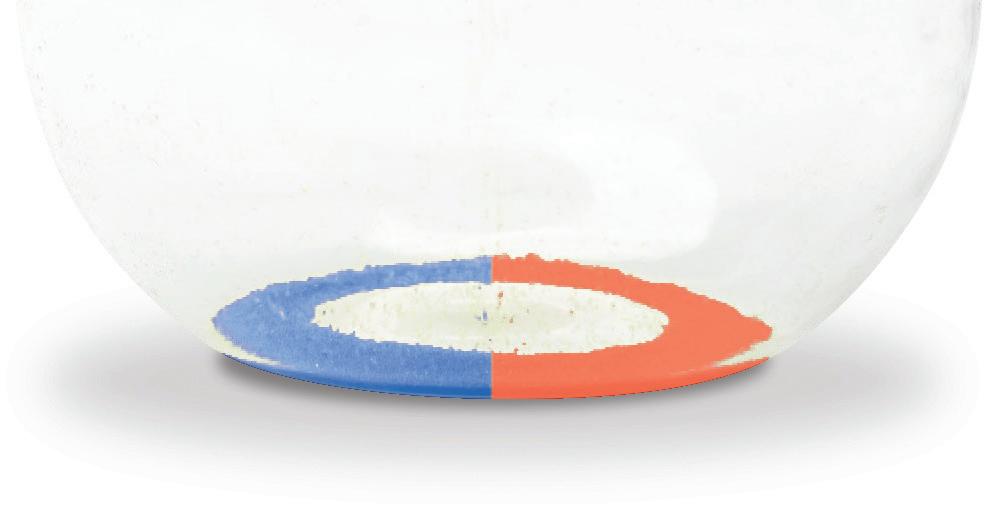

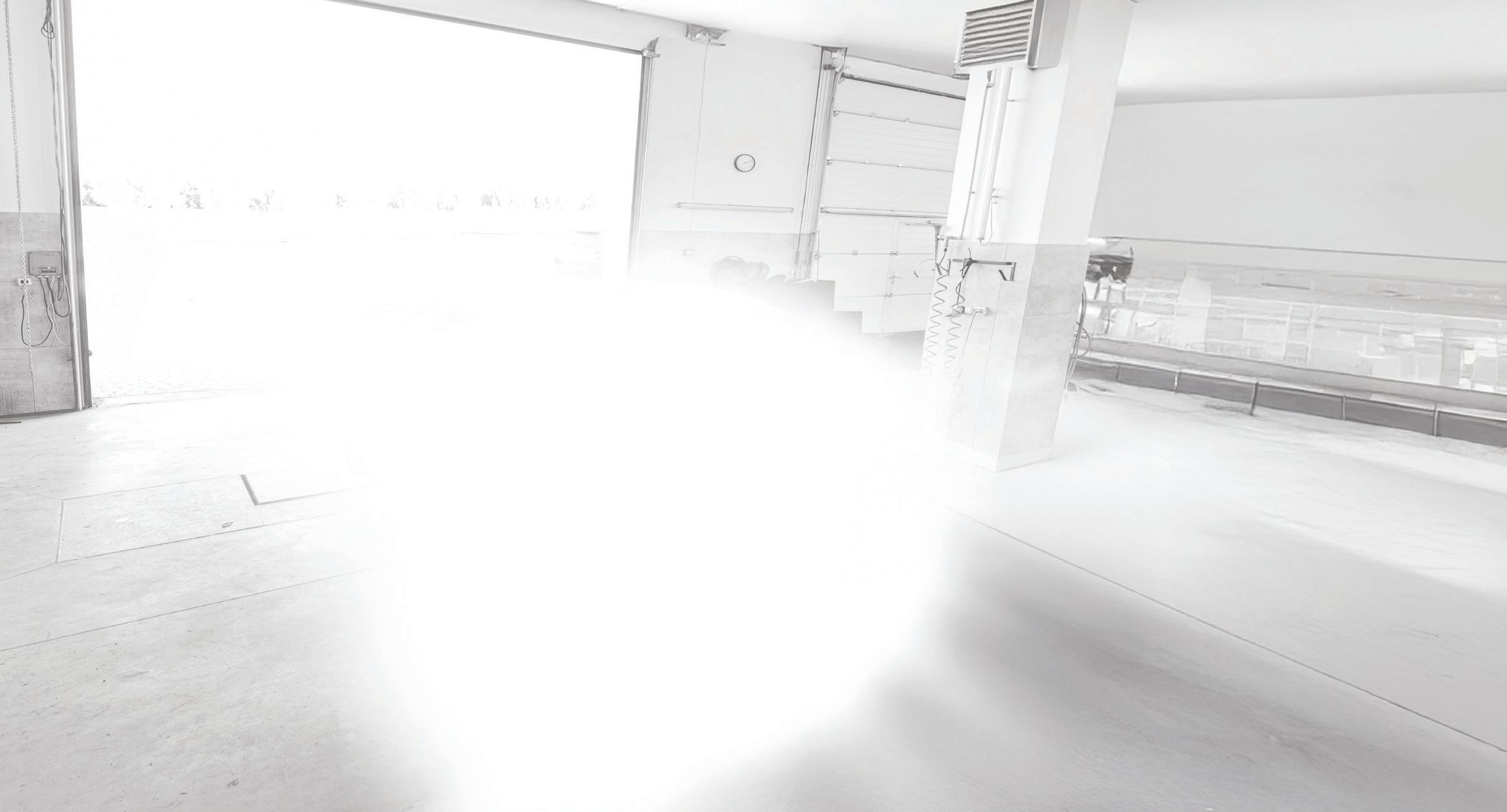
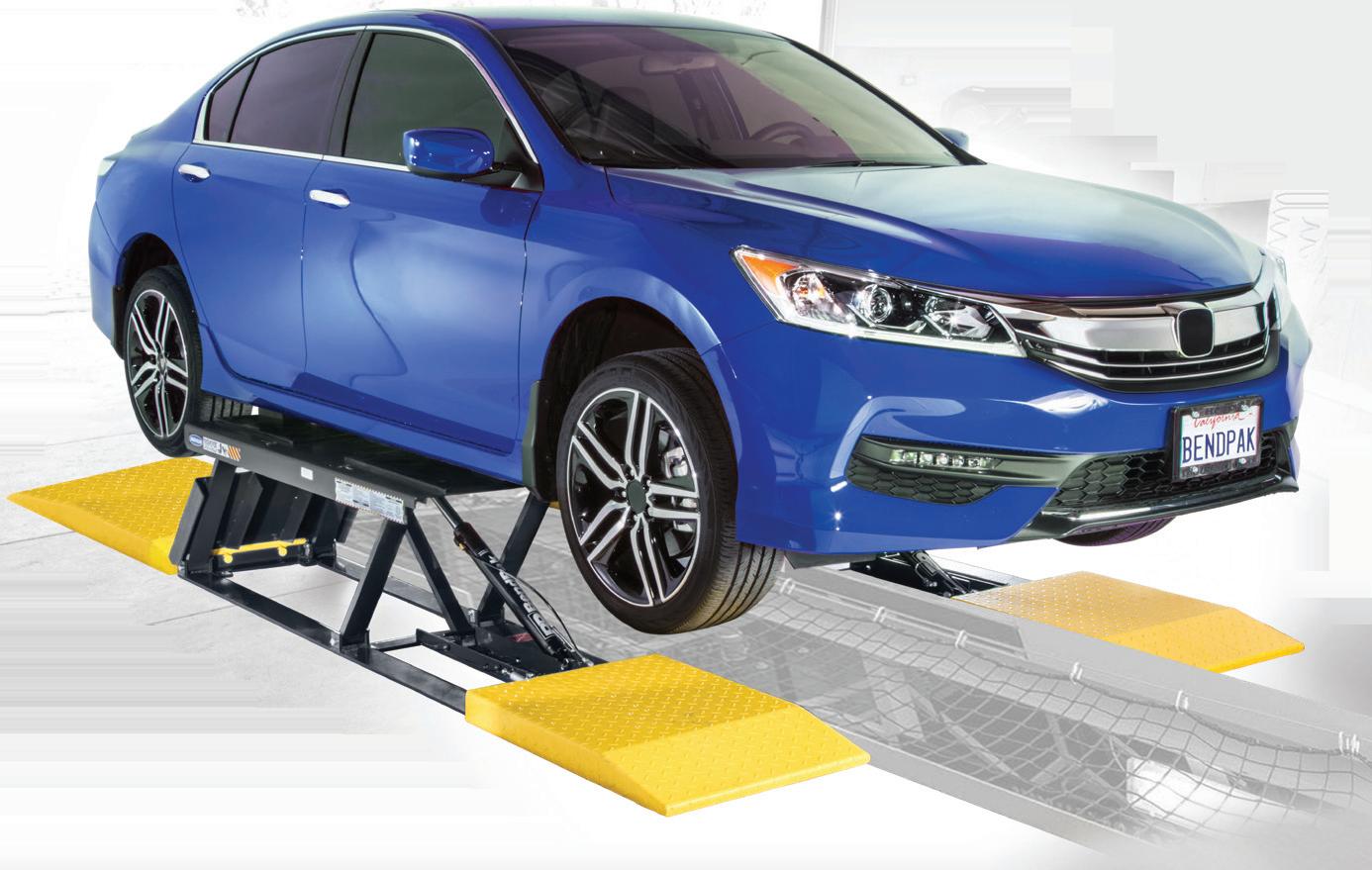


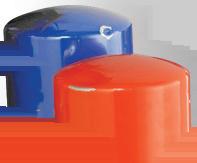


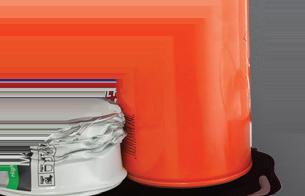










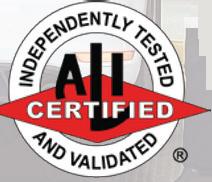




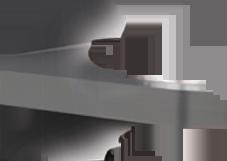

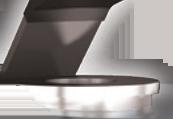


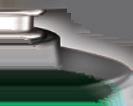





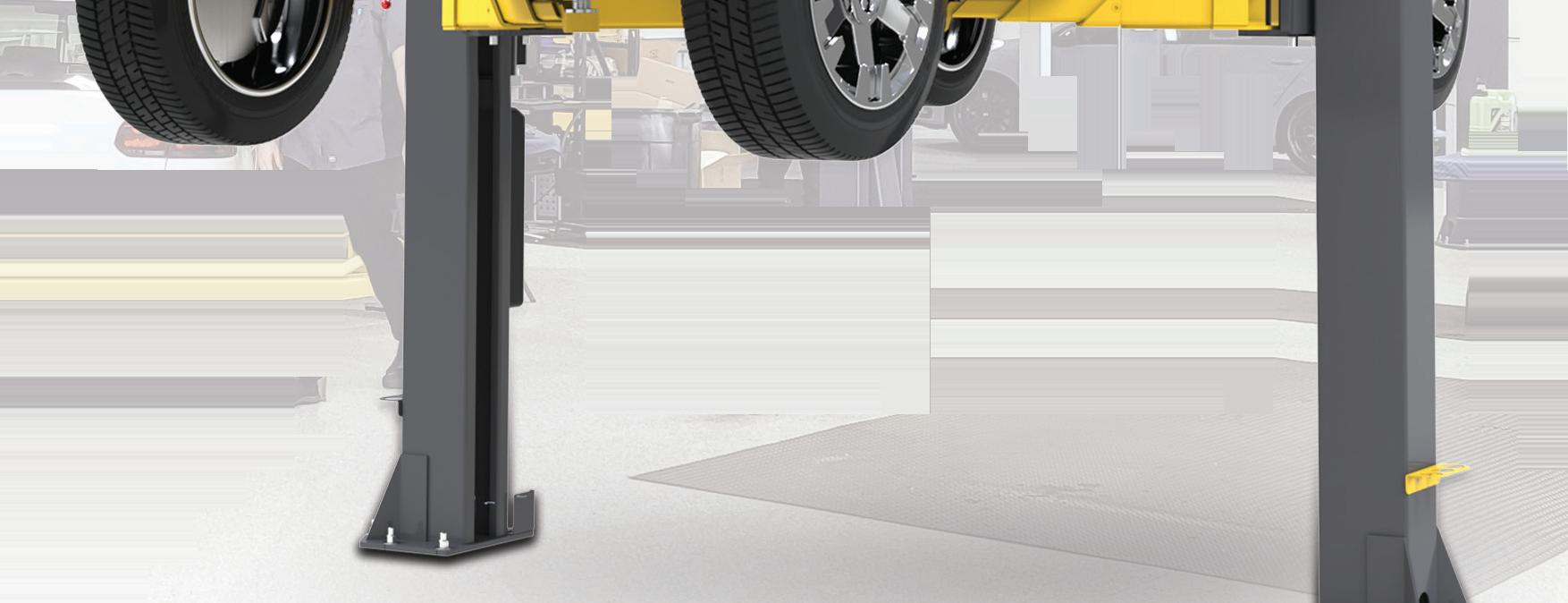








































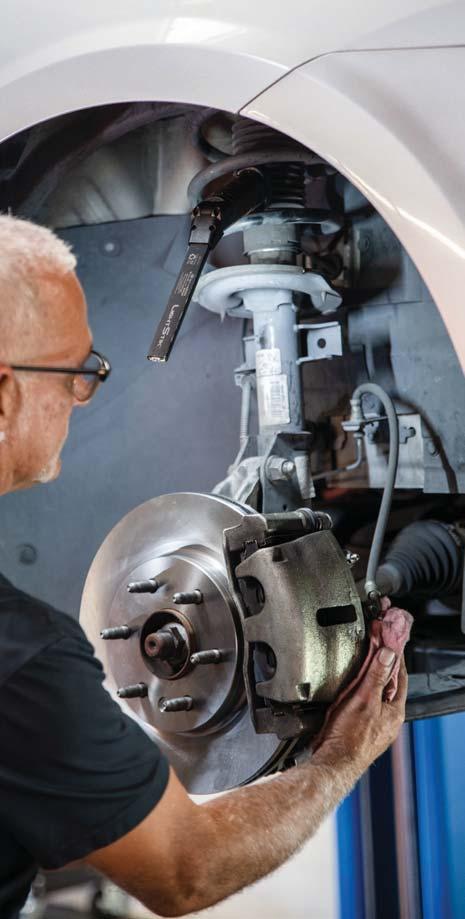










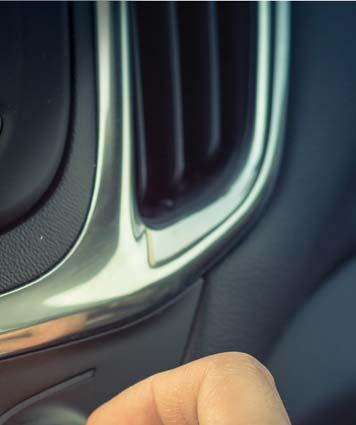















nformation on wh aintenance for fiv






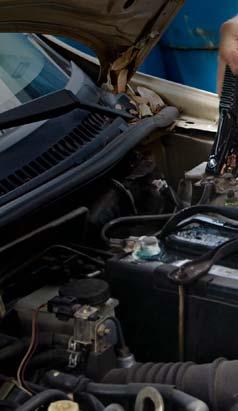


Information on what systems do and why technicians suggest maintenance for five key vehicle systems: brakes, starting/charging, steering/suspension, engine management, and climate control. at systems do and why technicians e systems: start and climate c

The brake system on a modern vehicle is complex and requires meticulous care to maintain properly. Multiple components ensure your vehicle is safe and roadworthy, and brake system components are at the top of that list. Every piece of the brake system, such as the master cylinder, fluid quality, and brake pad wear, should be checked by a professional automotive technician to ensure the vehicle is meeting the minimum safety standards. Continue reading to expand your knowledge of common braking system components and good practices to preserve the overall braking system. Also, learn potential braking system service items a vehicle may need.
Most modern vehicles are equipped with four-wheel disc brakes. Many components at the wheel need to be maintained for proper brake function. If something at the wheel seizes or fails, issues such as uneven brake pad wear or even brake failure can occur. A brake caliper uses a piston to squeeze the brake pads on a brake rotor to stop the vehicle. Brake calipers contain hardware that helps brake pads slide. In some instances, this hardware can fail due to local climate conditions, ripped rubber boots that cover the slide pins, or going long periods of time without driving the vehicle. The caliper piston may also seize. All these conditions will cause premature and uneven brake pad wear. If you have a brake caliper that needs replacing, it is best to replace them in pairs to ensure even stopping power.
When replacing brake pads, it is also responsible to either resurface or replace the brake rotors. As time goes on, it is becoming more costeffective to replace brake rotors instead of paying to resurface them. Duralast® rotors offer original equipment (OE) or better stopping power to ensure top braking quality. Rotors may also need replacement if a brake pad wears too thin and damages them. Just like brake calipers, rotors should also be replaced in pairs to ensure even wear.
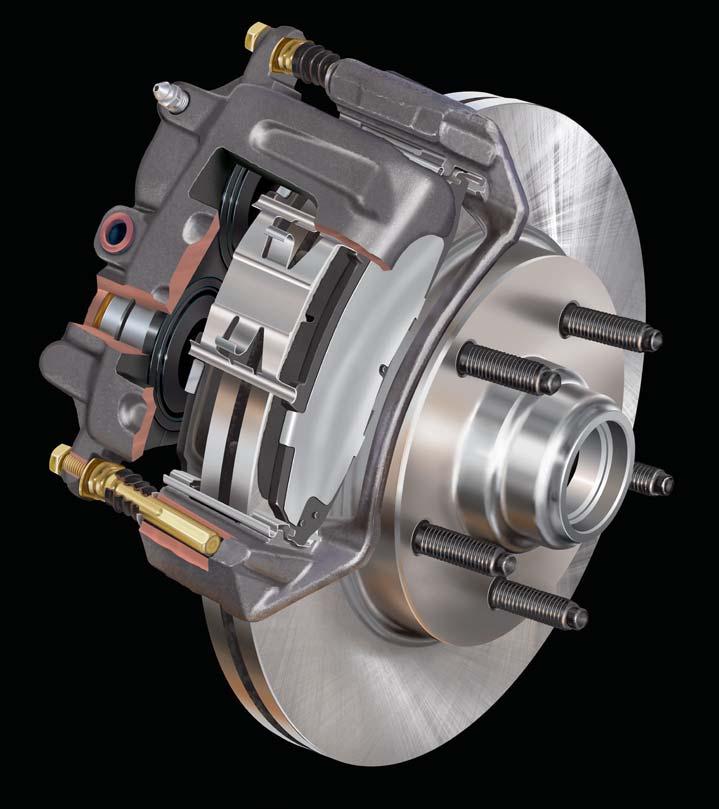
TAPERED LINING
SYMPTOM:
Irregular wear
CAUSE:
Worn or damaged caliper bushings and/or brake hardware
GROOVED LINING
SYMPTOM:
Noise, increased stopping distance
CAUSE:
Rotors that have become scored or damaged
CRACKED OR CHIPPED LINING
SYMPTOM:
Irregular wear
CAUSE:
Calipers not working properly, causing constant friction

OFFSET LINING
SYMPTOM:
Irregular wear
CAUSE:
Caliper or slide not working properly
WORN THROUGH LINING
SYMPTOM:
Noise
CAUSE:
Disc pads worn beyond safe point
STEPPED LINING
SYMPTOM:
Noise, irregular wear
CAUSE:
Worn pads not making full contact with rotor
PAD MATERIAL TRANSFER
SYMPTOM:
Vibration
CAUSE:
Heavy loads/towing; faulty caliper
UNEVEN SURFACE WEAR
SYMPTOM:
Increased stopping distance
CAUSE:
Worn pads/hardware; binding caliper
STEPPED SURFACE
SYMPTOM:
Noise, vibration
CAUSE:
Pads out of position; worn hardware
SCORED/GROOVED SURFACE
SYMPTOM:
Noise, increased stopping distance
CAUSE: Inconsistent pad contact
There are several options when selecting the brake pad material for your vehicle. Normally, this would be based on the OE brake pads that were installed. The two most common compounds available are ceramic and semi-metallic. Ceramic brake pads are very durable and provide a high amount of stopping power at normal temperatures. Semi-metallic brakes can be used in higher-performance applications but tend to wear more quickly than ceramic brakes. Duralast offers a selection of replacement brake pads with material matching OE quality or better. Select the right brake pads for your vehicle and driving habits to ensure safety and optimal performance.
The entire brake system must be inspected to ensure complete vehicle safety. If your brake fluid is found to be contaminated, a system flush is necessary. If your vehicle’s fluid is contaminated with oil, you will need to replace all the rubber components — including brake hoses — on the vehicle due to contamination. Brake hoses that need replacement will have cracks, swelling, or fluid leaking from them.
Many newer model vehicles come equipped with advanced driver assistance systems (ADAS) and emergency braking system (EBS) features. These updates are changing the industry and may require more purchases for further vehicle service, including a recalibration of the cameras for the EBS system. Knowing what ADAS systems your vehicle is equipped with can make the difference when taking it in for service.
Batteries are in every single vehicle on the road, and the technology in them has come a long way in the last 100+ years. It is natural to want to blame a no-start condition on a bad battery, but this isn’t always the case. There is a whole system of components to consider when looking at starting, charging, and battery system issues. Sometimes a simple jump start may be a solution, but modern no-start concerns can, on occasion, take hours for a technician to diagnose in certain situations.
Continue reading to learn about emerging battery technology, battery system service and maintenance, and common charging and starting system problems.
Batteries are more durable and easier to maintain compared to several decades ago. Nofill, no-spill batteries are safer to handle and don’t require the trouble of manually filling with distilled water to balance the acid levels. The evolution of AGM (“Absorbed Glass Mat”) batteries has not only added to this simplicity and peace-of-mind for the consumer, but have harnessed more, longer-lasting power for their vehicles.
With the increasing variety of batteries offered on the market, testing processes have become more complex. The testing procedure for a traditional flooded lead-acid battery will differ from that for an AGM or enhanced flooded battery. No matter what battery a vehicle has, it is always a good idea to have a technician use professional testing equipment to verify the state of the battery.
AGM batteries continue rapid growth in the market. They provide a more stable source of power compared to traditional lead-acid batteries. A saturated glass mat replaces free-flowing liquid acid in AGM batteries. AGM batteries generally have a higher cycling capacity compared to standard “flooded” batteries, which adds longevity when supporting power-hungry vehicles. These batteries have proven themselves to be a worthy alternative to traditional batteries and in many cases are required by specific vehicle manufacturers. Duralast ProPower® AGM batteries meet or exceed OE specifications and are backed by a four-year free replacement warranty. Duralast ProPower AGM Elite batteries provide the highest quality and durability and are backed by a five-year free replacement warranty
The charging system must be intact for the battery to maintain its proper charge. The alternator is the main component of the charging system, managed in many modern vehicles by the electronic control module. If either of these components fails, it can result in the battery not charging and the vehicle not starting. If the battery was already weak to begin with, then it may be necessary to replace it as well as the charging components. Sometimes charging issues can appear as a bad battery, or a battery will degrade so much that it will no longer charge. Keep in mind that sometimes battery issues can be complex, and multiple components may need to be serviced.
Starters and their related components should be considered when discussing battery systems. If a vehicle starter draws too much current, it will wear a battery down quickly or even cause a slow-crank condition, eventually causing the battery to fail. Another aspect of battery service and maintenance is the start/stop system. Many new vehicles are equipped with a second battery to power the starter in a stop/start event. Some vehicles may even be considered mild hybrids and have secondary starting features built into their alternators.

FUNCTION:
• Charges the battery and powers the electrical system while the engine is running
SIGNS OF FAILURE:
• Battery losing its charge
• Poor accessory and light operation
• Erratic engine operation
• Dashboard warning lights illuminating
FUNCTION:
• Activates the vehicle’s main electrical system and starter to start the vehicle
SIGNS OF FAILURE:
• Vehicle does not start
• Starter does not make noise
• Intermittent loss of electrical power
• Inability to turn the key

FUNCTION:
• Protects various electrical circuits within the vehicle
• Prevents damage from overloads and/or short circuits
SIGNS OF FAILURE:

• Total or intermittent power disruption to electrical components
• Visual discoloration or dark spots within transparent casing
FUNCTION:
• Ensure the electrical power from the battery is delivered to the vehicle’s electrical system
SIGNS OF FAILURE:
• Loose or corroded battery cables and terminals The vehicle is not starting

BATTERY
FUNCTION:
• Provides the electrical power needed to start the engine
• Powers the electrical components when the engine is off
SIGNS OF FAILURE:
• Dim headlights, dashboard lights, and interior lights when starting
• The vehicle is not starting
STARTER
FUNCTION:
• Engages the engine flywheel to start the engine
SIGNS OF FAILURE:
• Clicking sound when turning the key
• Slow or labored starting
• Dimming lights when attempting to start

FUNCTION:
• Completes a circuit, sending power to components which require more current than a switch can handle on its own
SIGNS OF FAILURE:
BELT
FUNCTION:
BATTERY WARNING LIGHT
FUNCTION:
• Indicates problems with battery or charging system
• Drives the alternator and other engine accessories
SIGNS OF FAILURE:
• Squealing sound
• Noisy alternator

• Alternator not charging
• A specific, electrical-related system will not function
Ride height and suspension component health can be easily overlooked when considering general vehicle maintenance. Ride height is the level at which your vehicle sits when it is on level pavement. Several suspension-related issues can cause further damage to the vehicle and lead to abnormal tire wear if not addressed.
Learn about the common suspension component failures, how ride height can affect them, and what you can do to avoid unnecessary repairs.
There are many reasons why someone may change their ride height. Natural wear of suspension components and either lowering the suspension for aesthetics or raising a vehicle for off-road use could cause the ride height to change. If the ride height of a vehicle changes, it will be necessary to verify that the suspension alignment hasn’t changed. In most cases, the alignment will need to be readjusted. Failure to fix the alignment can cause abnormal tire wear patterns and extra wear on suspension components. Control arm bushings, ball joints, shock absorbers, and struts are all susceptible to excessive wear from mismatched alignment angles.
Today’s vehicles are equipped with a variety of suspension configurations, each with its own unique features. Most modern passenger cars are equipped with rack-and-pinion steering systems and MacPherson strut-style suspensions. Older vehicles, as well as larger pickup trucks/SUVs, have conventional steering systems and use shock absorbers in their suspension setup.

RACK & PINION STEERING, FWD
OUTER TIE ROD END
STRUT MOUNT
STRUT
COIL SPRING
SWAY BAR BUSHING
RACK & PINION BOOT (BELLOWS)
SWAY BAR







RACK & PINION ASSEMBLY















































OUTER CV JOINT/BOOT









RACK MOUNT BUSHINGS
INNER TIE ROD END
INNER CV JOINT/BOOT





CONTROL ARM BUSHING
SWAY BAR END LINK
CONTROL ARM









































When driving the vehicle, you can hear indicators of failing suspension parts. A distinct clunk when going over bumps is commonly a sway bar link or ball joint issue, regardless of what suspension configuration is equipped. However, if there are ride quality issues, they may be caused by a failed shock absorber in a conventional suspension or a faulty strut in a modern passenger car. To ensure the overall integrity of the replacement parts, when ball joints of specific designs fail, the entire control arm must be replaced as an assembly per manufacturer recommendations.
Some of the most common suspension issues your vehicle may experience are strut-related failures. Struts are components that help cushion the impact of bumps and imperfections in the road. When a strut fails, the vehicle’s ride quality will begin to suffer greatly. This may be accompanied by noises coming from the corner of the vehicle where the strut has failed. These noises will be most noticeable when driving over a bump or pothole.
When having struts replaced, it is wise to replace them in pairs. This can ensure the vehicle handles the road’s impacts evenly and of the highest quality. Using a Duralast-loaded strut, sometimes called a “quick strut,” ensures original equipment (OE) ride quality or better. Replacing your struts before they fail completely can help prevent further repair costs and restore your vehicle’s suspension to factory specifications.
As vehicles continue to develop and advance, so will the services needed to keep them on the road. Advanced driver assistance systems (ADAS) are becoming the standard for today’s vehicles. These systems include advanced cruise control, lane keep assistance, and emergency braking features. If your vehicle’s ride height is purposely altered, you must have the ADAS system components recalibrated. Make sure you consider the technology your vehicle is equipped with before having the ride control system serviced or altering the ride height.
PROBLEM:
Excessive bounce and harsh ride on rough surfaces
PROBLEM:
Excessive play in steering wheel
PROBLEM:
Excessive lean or sway in turns
PROBLEM:
Rattling, grinding, popping, or clunking noise under vehicle
PROBLEM:
Dips, sways, and dives when braking
UPPER BALL JOINT
PROBLEM:
Steering wheel vibrates
PROBLEM:
Uneven or premature tire wear
PROBLEM: Drifts left or right
PROBLEM: Veers in crosswind
PROBLEM:
Squealing or squeaking when turning
UPPER CONTROL ARM BUSHING
UPPER CONTROL ARM
COIL SPRING
































LOWER CONTROL ARM BUSHING
SWAY BAR BUSHING
LOWER CONTROL ARM SWAY BAR




















LOWER BALL JOINT
OUTER TIE ROD END

CENTER LINK
PITMAN ARM IDLER ARM
INNER TIE ROD END
SWAY BAR LINK
TIE ROD ADJUSTING SLEEVE
STRUT ROD BUSHING








































The main goals of engine management on fuel-injected vehicles are to optimize efficiency and monitor the conditions surrounding the engine. Modern engines are controlled closely by an electronic control module (ECM) to help achieve optimum performance, peak fuel economy and lower emissions output. The ECM calculates optimal operating conditions, such as air/fuel ratio, by using a stream of sensor data. The ECM also operates various actuators, such as the throttle plate or exhaust gas recirculation (EGR) valve.
Read on to learn about engine management sensors and actuators, how the ECM strategizes based on these components, and common engine management issues.
When it comes to actuators, think “action.” Once the sensors have communicated with the ECM, the ECM can better make its decisions. Actuators, also known as outputs, take commands from the ECM and then carry out that specific task. This completes what is called a feedback loop. Electronic throttle plates are an example of a common actuator. In the past, a throttle had to be connected physically to the gas pedal with a cable. As time has progressed, these physical connections have been replaced with electronic throttles that can be actuated. An electronic throttle can be moved with greater precision, resulting in improved control over airflow, smoother cruise control operation, and allowing new technologies such as start/stop technology and hybrid engines to exist.
Engine management sensors can be compared to our five natural senses. Our brains are constantly paying attention to what our bodies perceive through sight, sound, smell, taste, and touch. In a similar way, sensors (sometimes called inputs) report all sorts of data back to the ECM. Sensors such as mass airflow (MAF), manifold absolute pressure (MAP), and electronic coolant temperature (ECT) all help the ECM calculate how much fuel to inject into the engine. Oxygen (O2) sensors help the ECM fine-tune fuel calculations even further. The crankshaft position sensor (CKP) and camshaft position sensor (CMP) monitor the physical timing of the engine. All of these inputs are crucial in ensuring optimal fuel economy and helping the engine run more efficiently.
There are other outputs that must be considered as well. Ignition coils need to be controlled for the air fuel (A/F) mixture to burn properly. The ECM controls how long an ignition coil is charged as well as when it is fired. Variable valve timing (VVT) solenoids are yet another ECM controlled actuator that will vary the engine timing for changes in driver demand and airflow. Other examples of actuators controlled by the ECM would be fuel injectors, EVAP purge and vent solenoids, or an EGR valve.

An engine management issue can present itself in various ways. Whether it’s a check engine light or your vehicle is running rough, the solution is not always cut and dry. There may be multiple steps a technician takes to properly diagnose an engine management fault. Replacement sensors and actuators need to have the same precision and accuracy as the original parts. Duralast offers a wide variety of engine management sensors and actuators of original equipment (OE) quality or better. The Duralast line offers components, such as purge solenoids, that are purposely redesigned to improve on issues found with OE parts. Usually, when sensors or actuators fail, a warning light is displayed. However, in some cases, a technician may need to spend extra time diagnosing the problem. Diagnostic equipment such as scan tools, multimeters, or even specialty tools like an oscilloscope may be used.



FUNCTION:
Provides the electrical current for the plug to spark, which tes fu




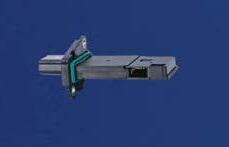
FUNCTION:

FUNCTION:
FUNCTION:
Monitors the mass of air entering the engine to balance the amount of fuel needed for engine demand
Detects vibrations in the engine to prevent engine knocking which is a metallic ping or knocking sound caused by uneven fuel combustion in the cylinders
MANIFOLD ABSOLUTE PRESSURE SENSOR (MAP)


Measures pressure in engine intake manifold to calculate the correct air-fuel mixture for optimal engine performance
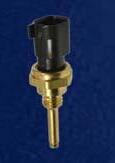
ENGINE COOLANT TEMPERATURE SENSOR (ECT)
FUNCTION:
Monitors the temperature of the coolant circulating through the engine


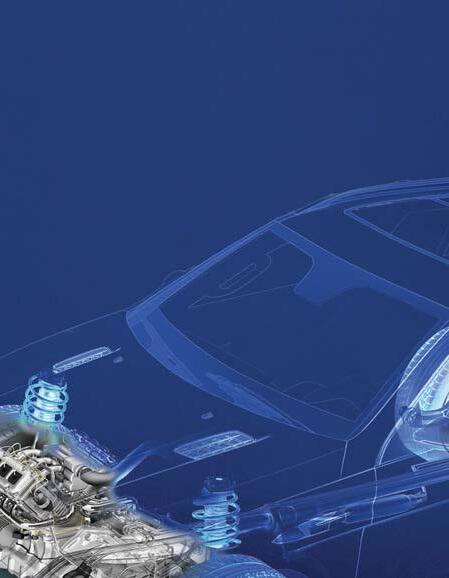

FUNCTION:
Controls the timing of the intake and exhaust valves on the camshaft
ABS SENSOR

FUNCTION:
Sends signal to the ABS computer to determine if the system needs to activate
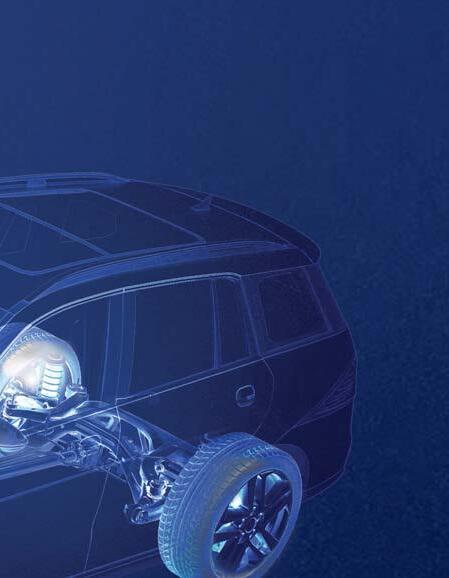


FUNCTION:
Monitors and reports the RPM of the crankshaft to the computer which is used to precisely control fuel injection and ignition timing

FUNCTION:


Measures the camshaft's rotational position which the computer uses to precisely control fuel injection and ignition timing
FUNCTION:
Controls how much air flows into the vehicle's engine which determines how much power the engine produces



TPMS
FUNCTION:
Sends signal to indicate low tire pressure
OXYGEN SENSOR
FUNCTION:
Measures oxygen to notify the computer to increase or reduce fuel supplied to the engine


In an era focused on enhancing the driver’s experience, it’s no surprise that heating, ventilation, and air conditioning (HVAC) issues are among the most common concerns experienced. The integrity of the components in air conditioning (A/C) and cooling systems is important to the climate control operation inside a vehicle.
Learn more about common A/C refrigerant types and services, vital A/C componentry, air distribution necessities, and cooling system maintenance best practices.
All new vehicle models since 2021 are equipped with 1234yf refrigerant. Many vehicles on the road still use 134a refrigerant as well. Regardless of which refrigerant your car needs, it is wise to have it serviced by a certified technician with a professional-grade recovery machine. Technicians can use specialized equipment to identify the type of refrigerant in your vehicle, recover the system contents, and recharge it after the repair is complete. Be aware that simply recovering the refrigerant and recharging it is not a proper repair, and the technician will need to find the cause of the leak prior to recharging the vehicle’s A/C.
In some instances, if debris is found inside the system or an A/C component is being replaced, the accumulator or receiver drier should also be replaced. These components are meant to keep the system free of moisture and collect debris. If debris is found, it is also important to perform any flushing procedures recommended by the manufacturer.
The A/C compressor is one of the most critical parts of the A/C system. It is the main component that moves the refrigerant through the system. When an A/C compressor starts to wear out, you may notice the air conditioning performance suffers inside the cabin. When an A/C compressor is replaced, it is also a good practice to replace the accumulator or receiver drier.
A/C condensers are located at the front of the vehicle and act as a point in the A/C system where the refrigerant can turn from gas to liquid. These are weak points in the system since condensers are mounted on the front of the vehicle and the radiator, where they are very susceptible to collecting debris. This can cause a few problems, such as overheating and underperformance of the vehicle’s A/C. To remedy the issue, a technician must thoroughly clean the condenser and radiator.
A lack of heating or cooling in the vehicle cabin is not always caused by issues with the A/C system itself, but rather the air distribution system inside the vehicle. In some cases, doors or levers inside the dashboard can get stuck or wear out. This results in the temperature getting stuck in one position or the mode position, such as floor or vent. Usually, parts of the dashboard need to be removed to service these doors, levers, and switches. Depending on the vehicle, the air distribution box may need to be removed to service them.
Maintaining your vehicle’s cooling system is also crucial to its HVAC health. Change your coolant based on manufacturer recommendations and check for any leaks that may arise. If there is an overheating or A/C performance concern, verify that the cooling fans are operating properly. A few different cooling system components can cause overheating issues; in some cases, a faulty thermostat can prevent your vehicle’s cabin from heating up efficiently.
FUNCTION:
• Connect service equipment for maintenance tasks like recharging refrigerant or checking system pressure

FUNCTION:
• Regulates the flow of refrigerant into the evaporator, ensuring it evaporates at the right rate to cool the air effectively
COMPRESSOR
FUNCTION:
• The heart of the A/C system, responsible for compressing the refrigerant and circulating it through the system to remove heat from the vehicle’s interior

BLOWER MOTOR






FUNCTION:





• Powers the fan that circulates air through the vehicle's ventilation system










SERVICE PORT





















































TRANSDUCER









SERVICE PORT










































CONDENSER





ACCUMULATOR
FUNCTION:
• Stores excess refrigerant, filters debris, removes moisture, and protects the compressor by preventing liquid refrigerant from entering FAN
CONDENSER
FUNCTION:
• Dissipates heat absorbed by the refrigerant in the evaporator, releasing it to the outside air




EVAPORATOR
ORIFICE TUBE
FUNCTION:
• Regulates refrigerant flow controls of refrigerant into the evaporator for efficient cooling
• Maintains pressure balance of high-pressure liquid refrigerant and low-pressure vapor for effective cooling

